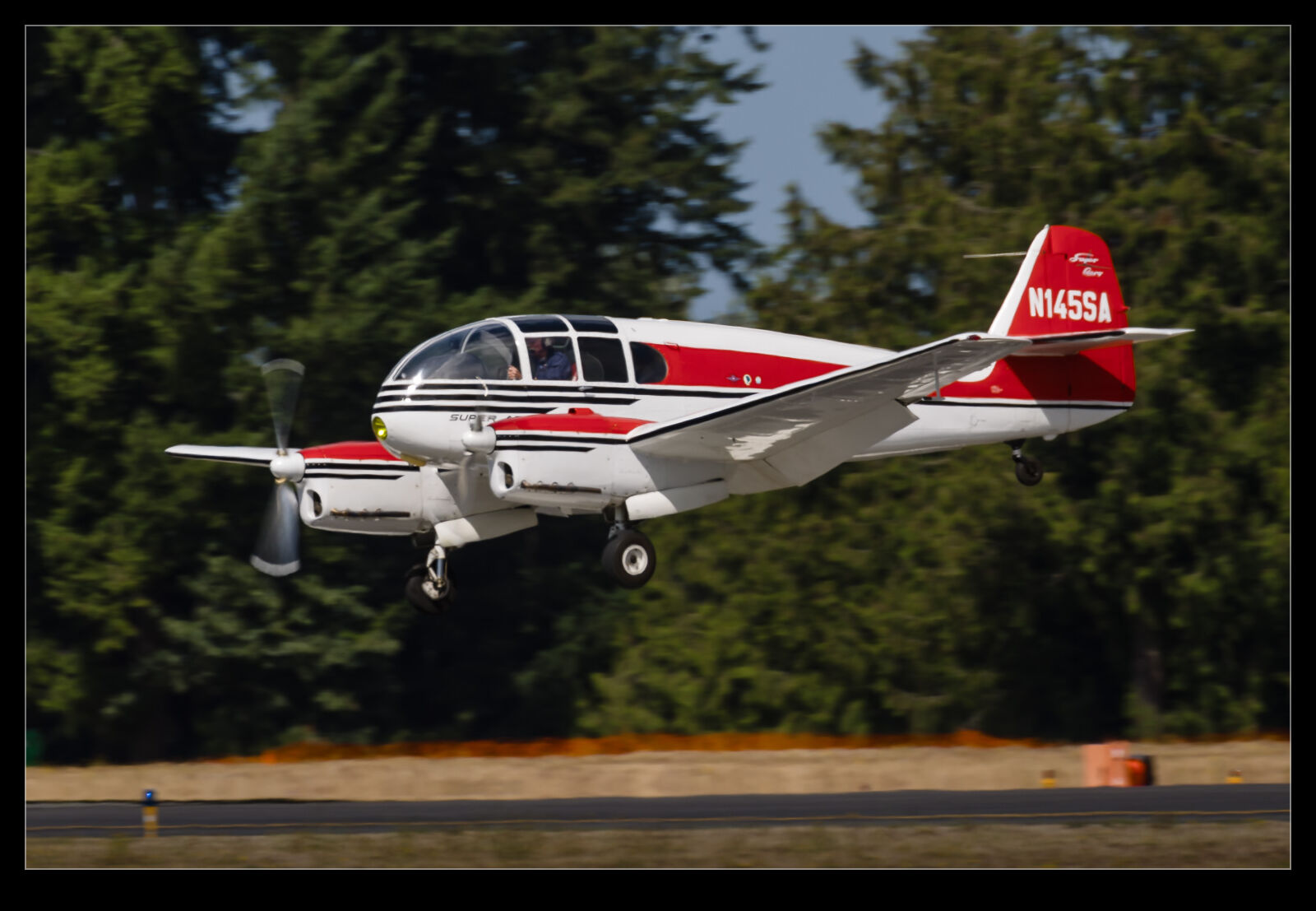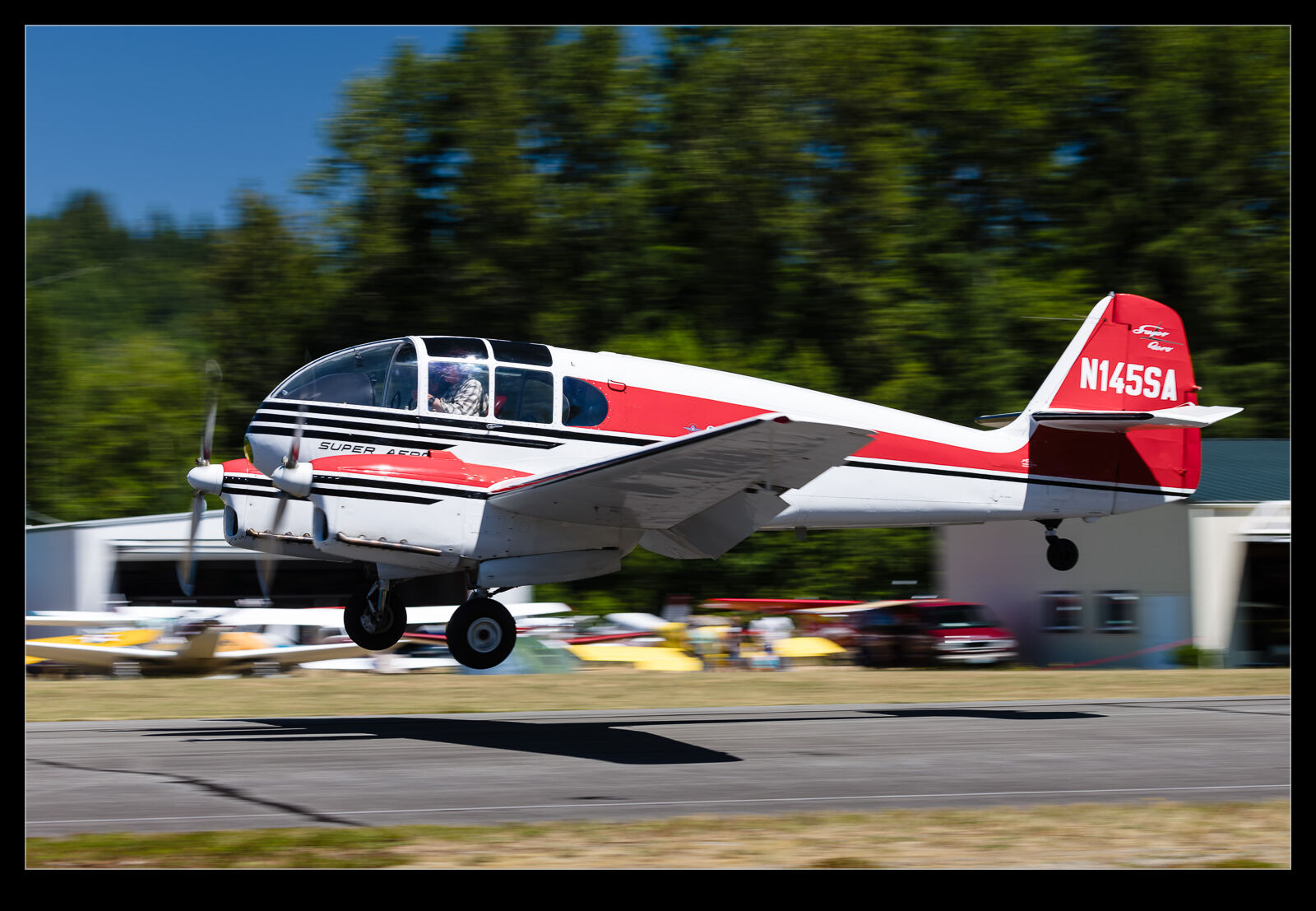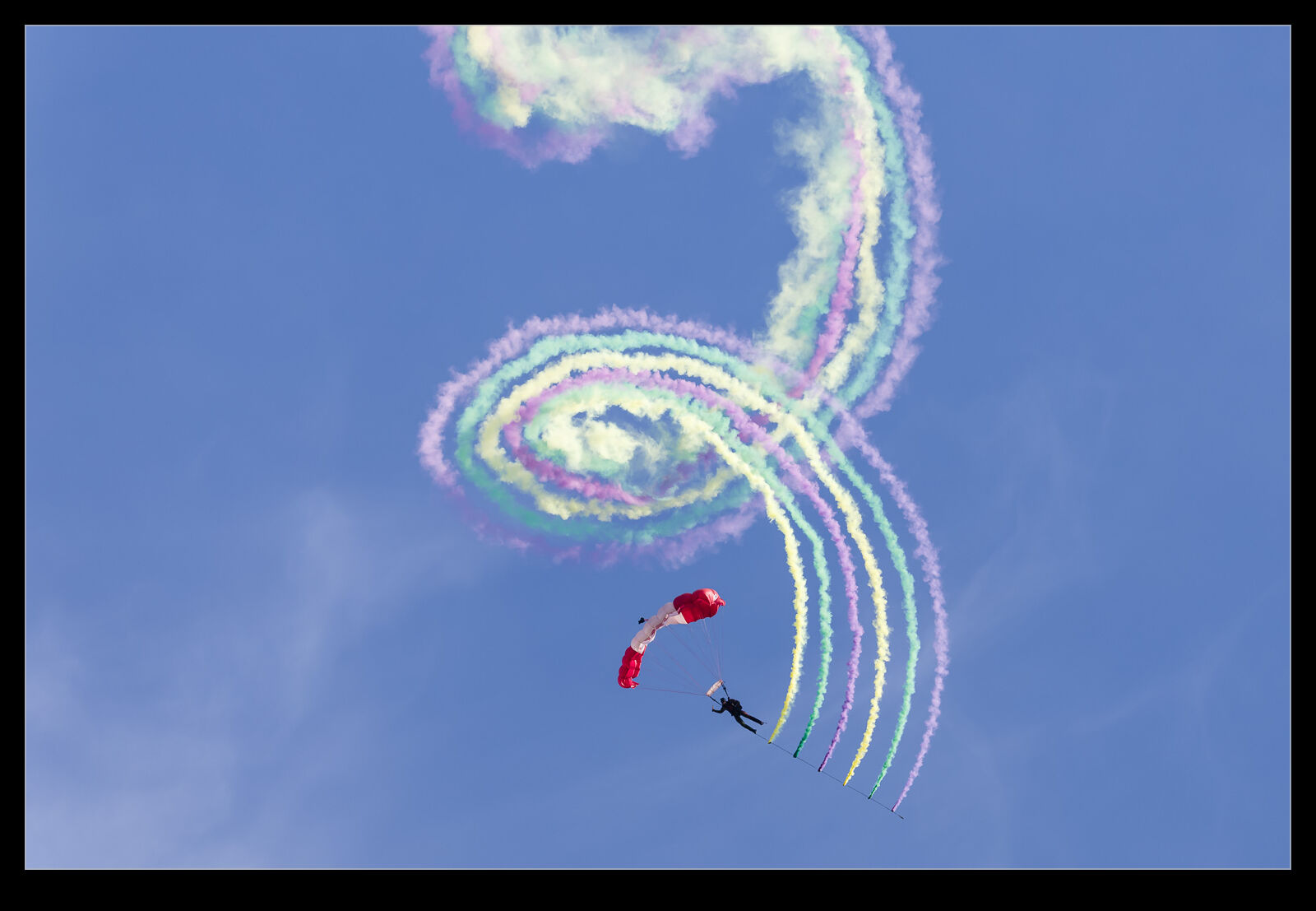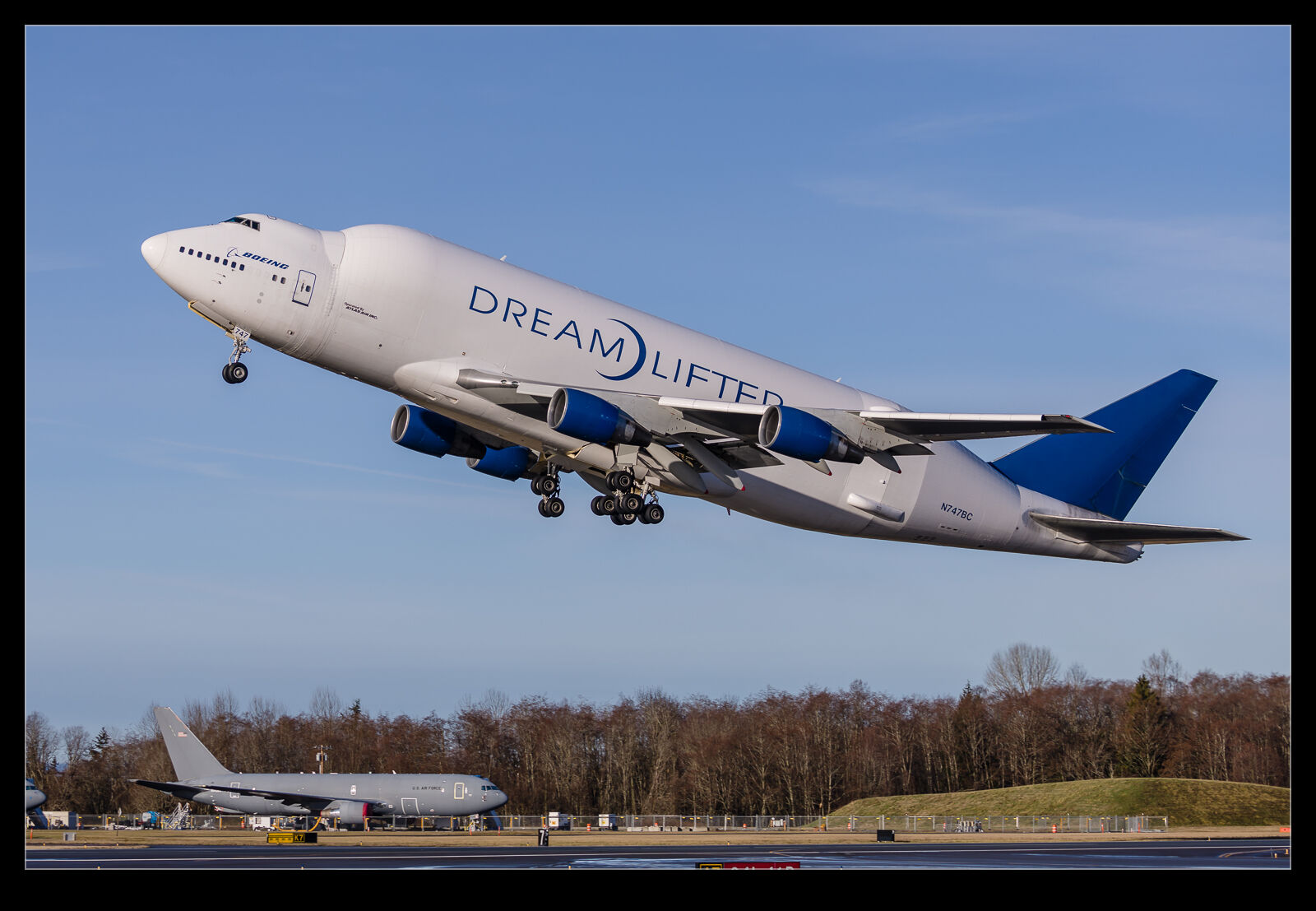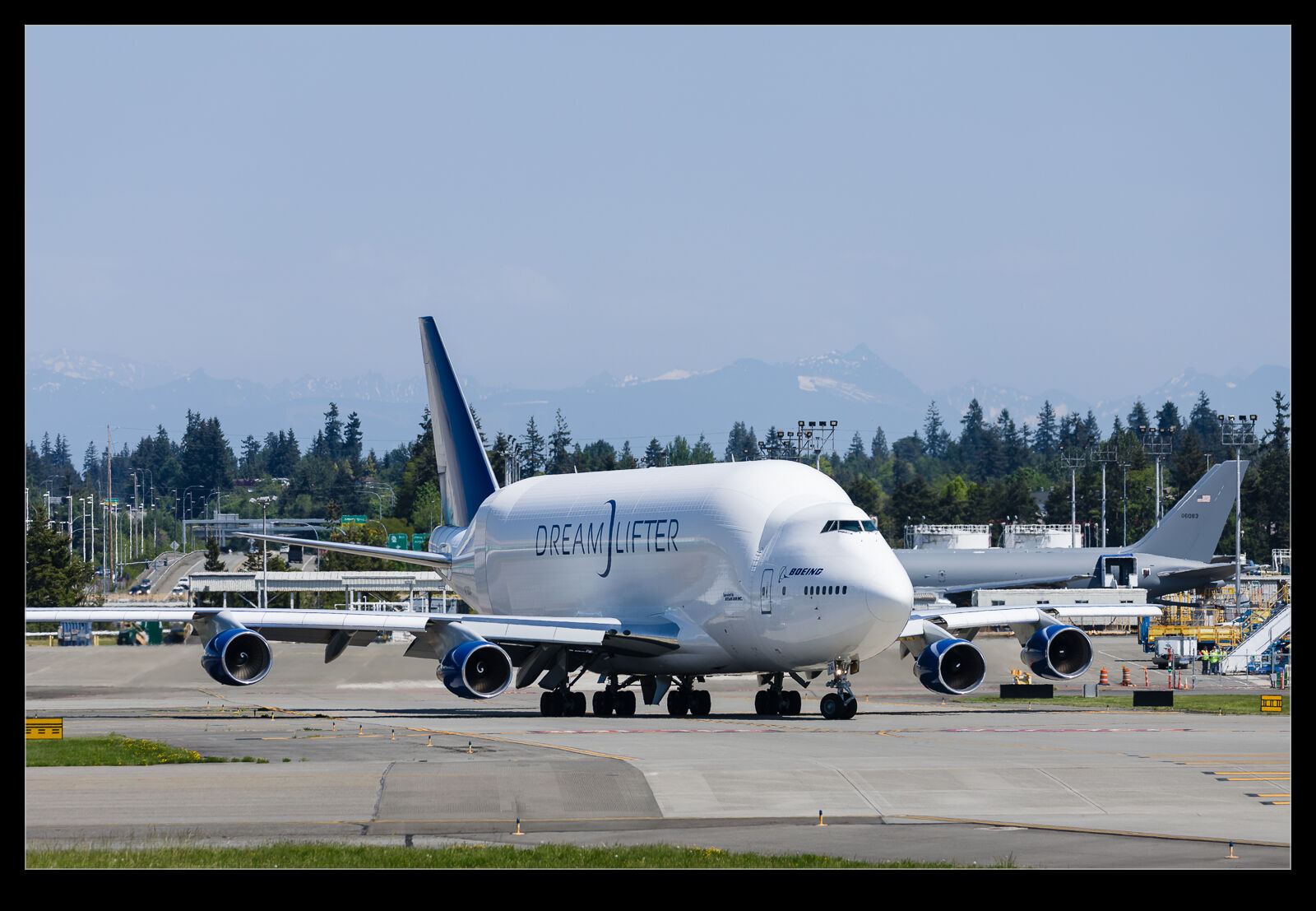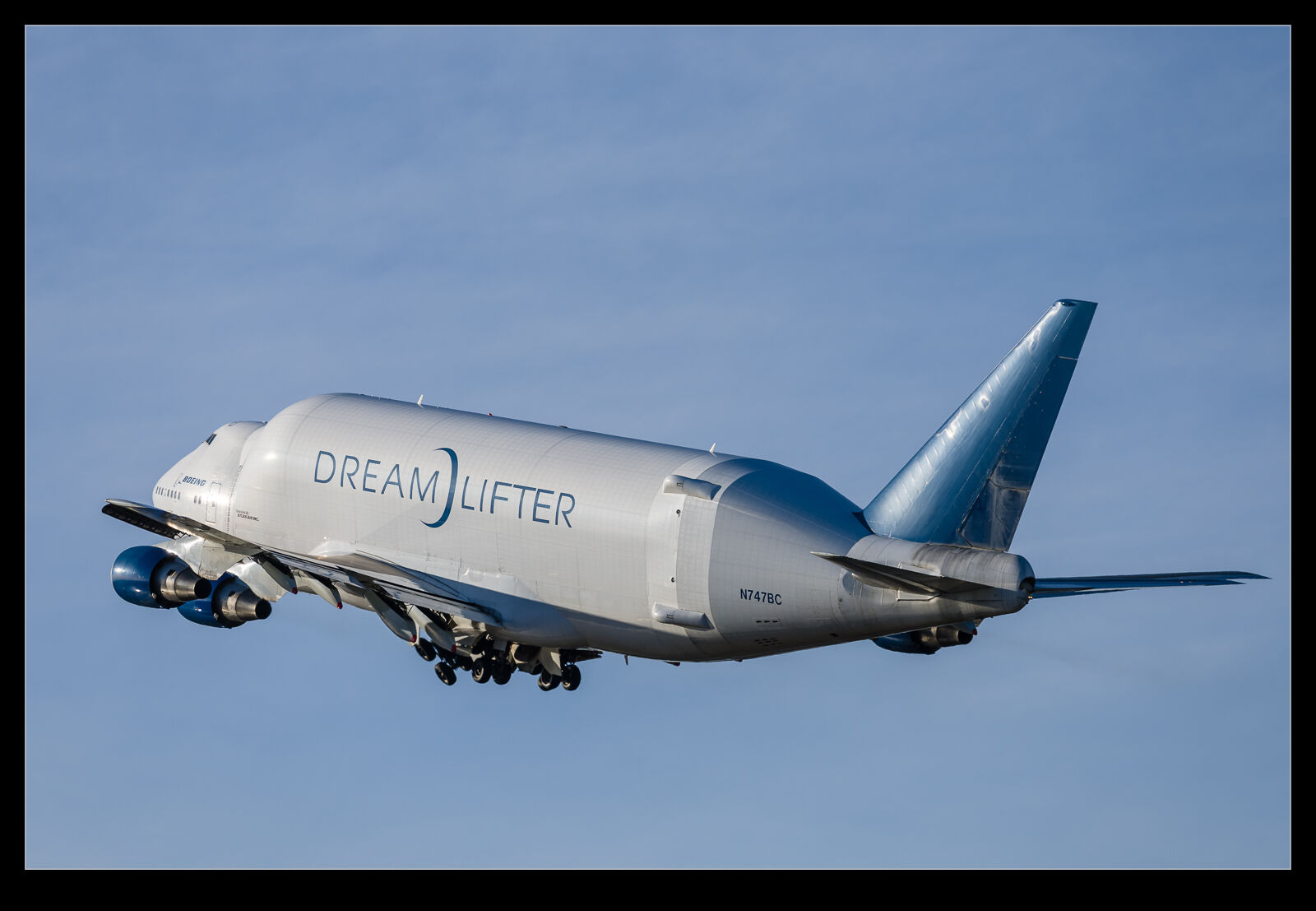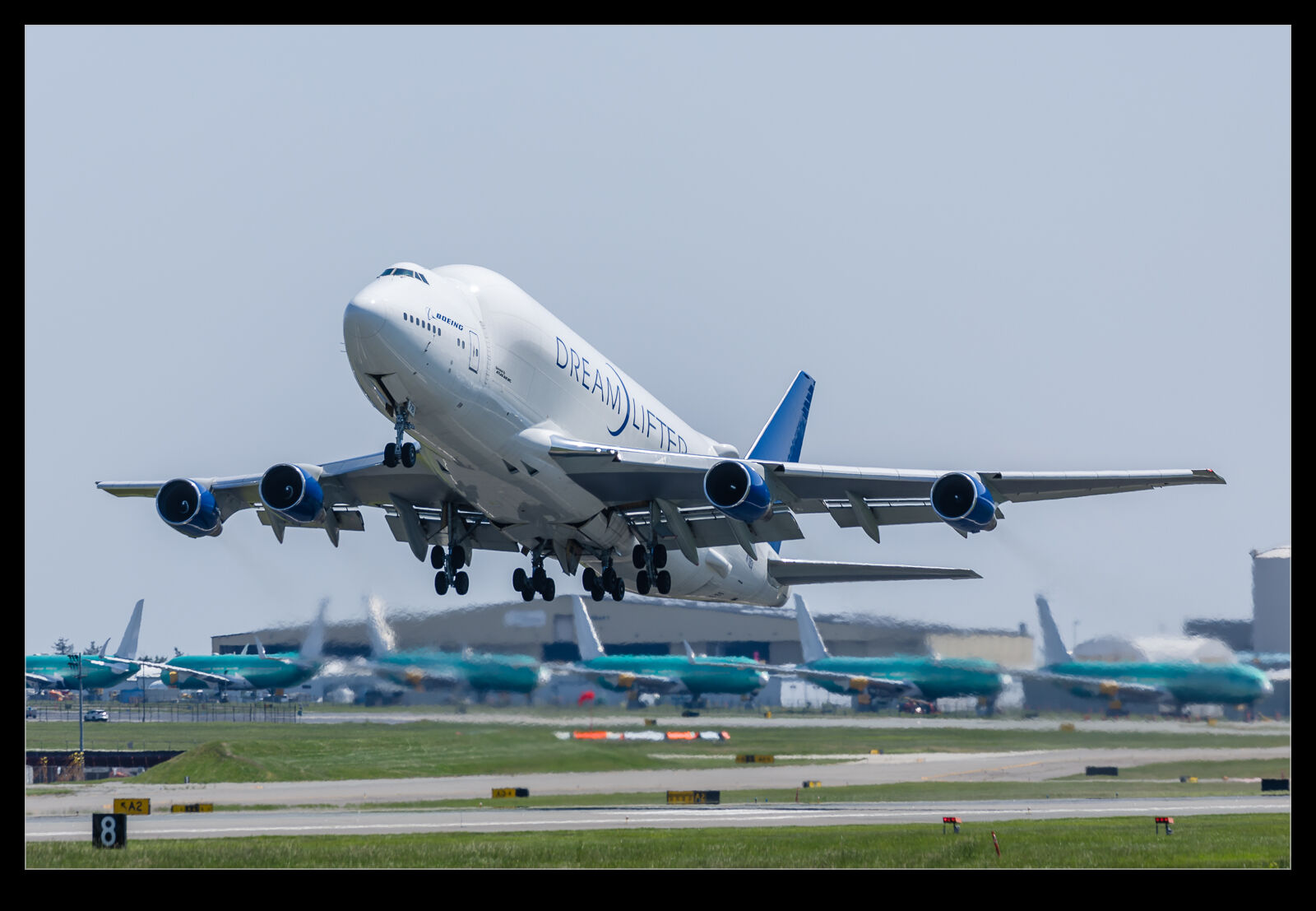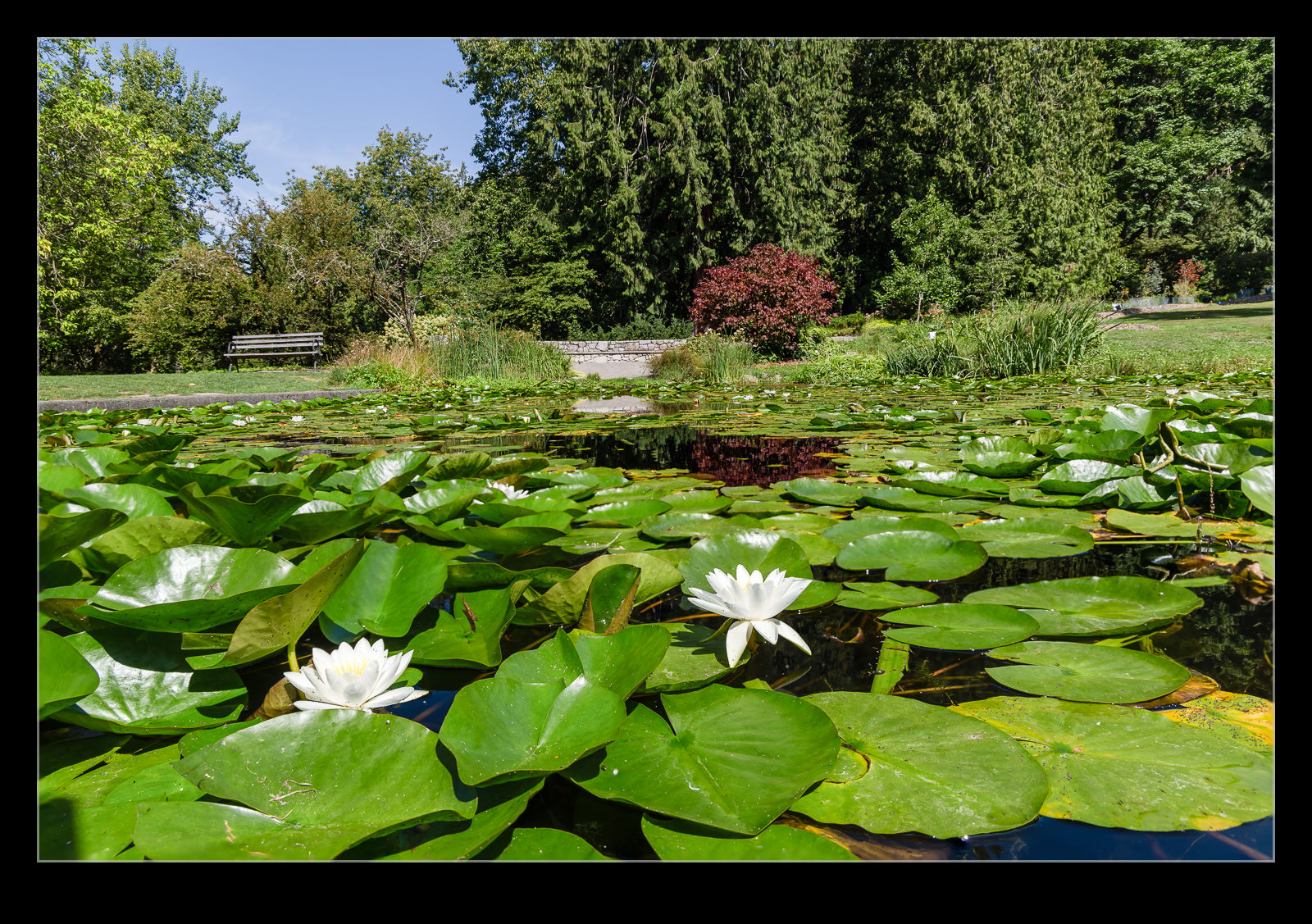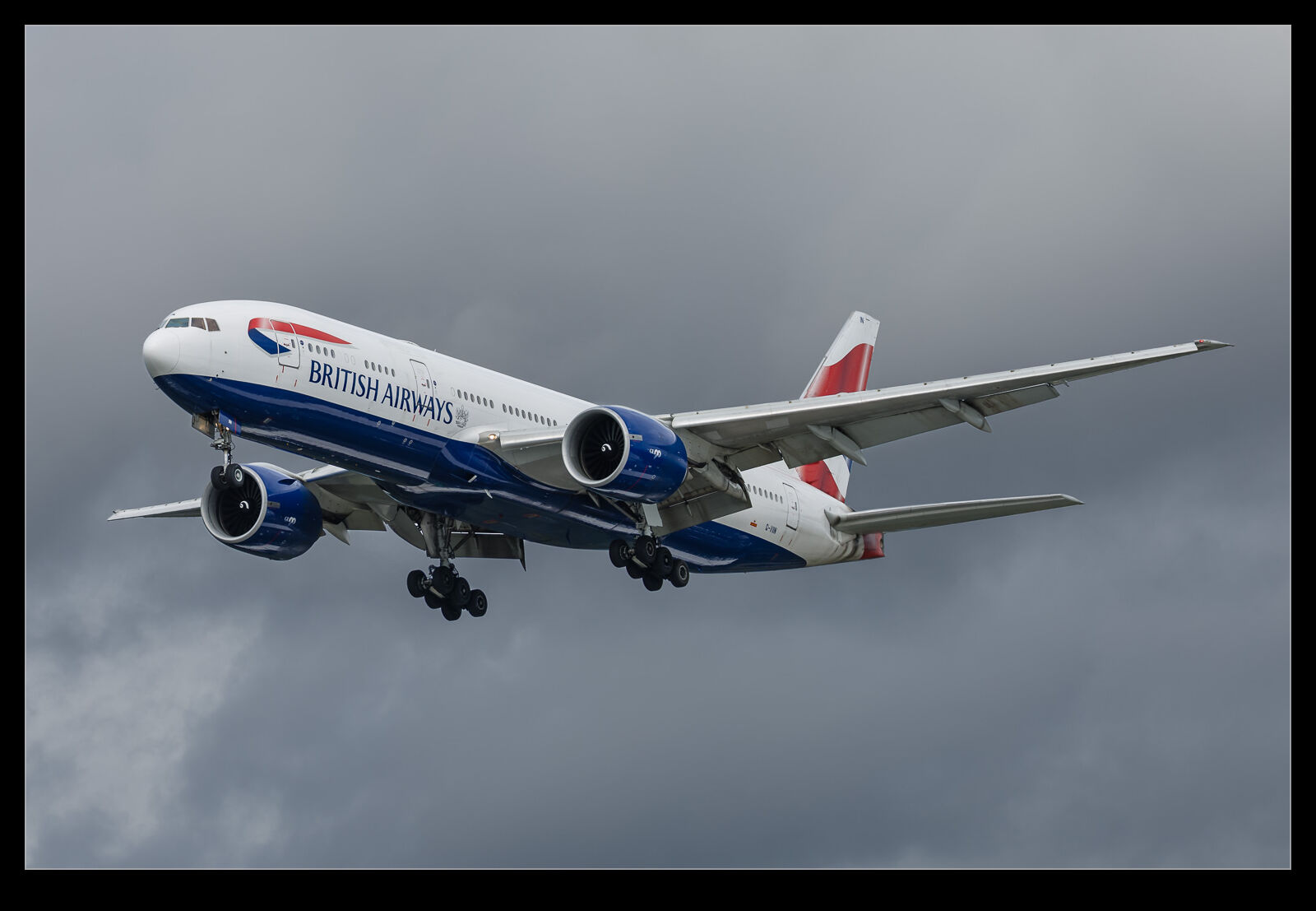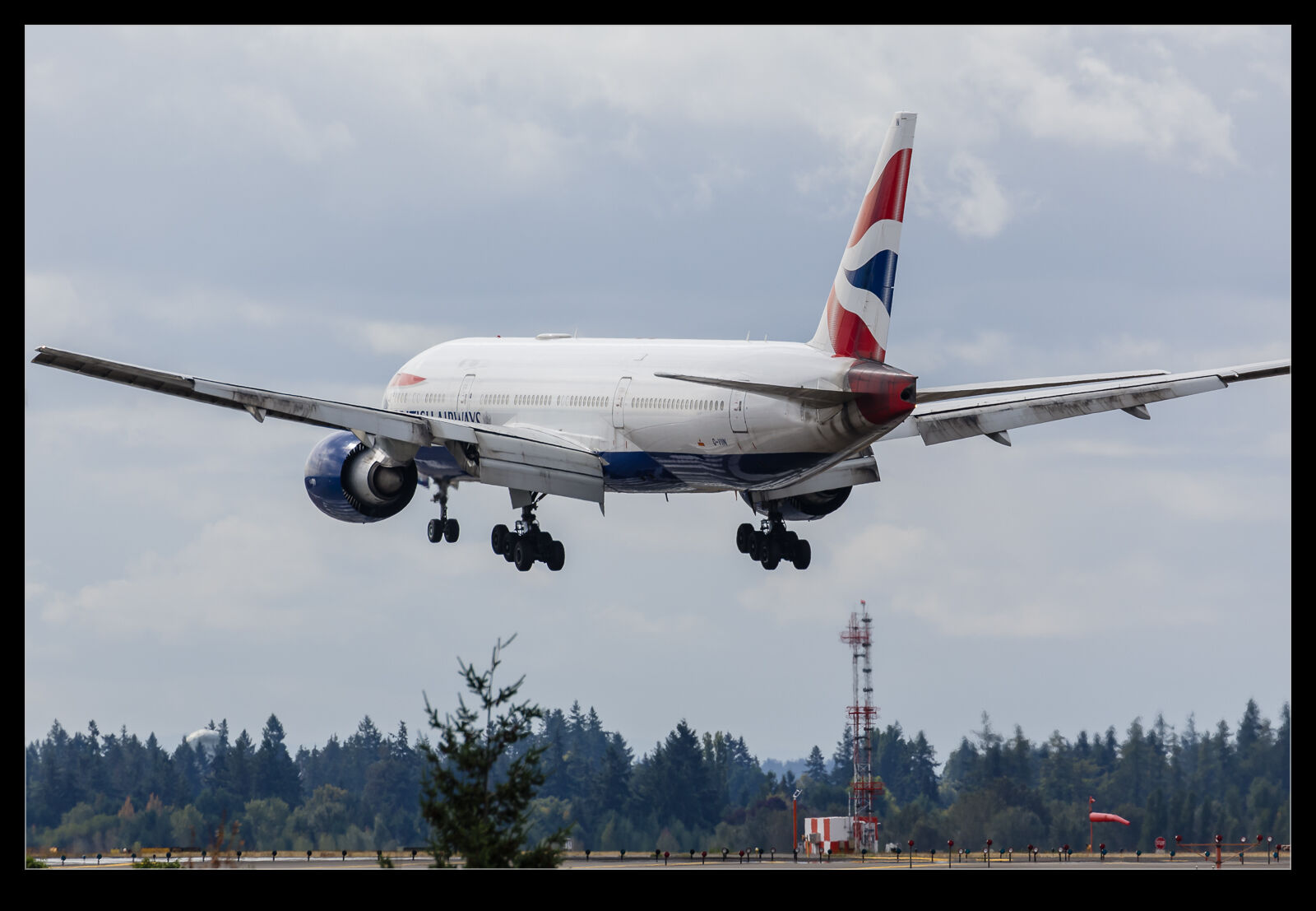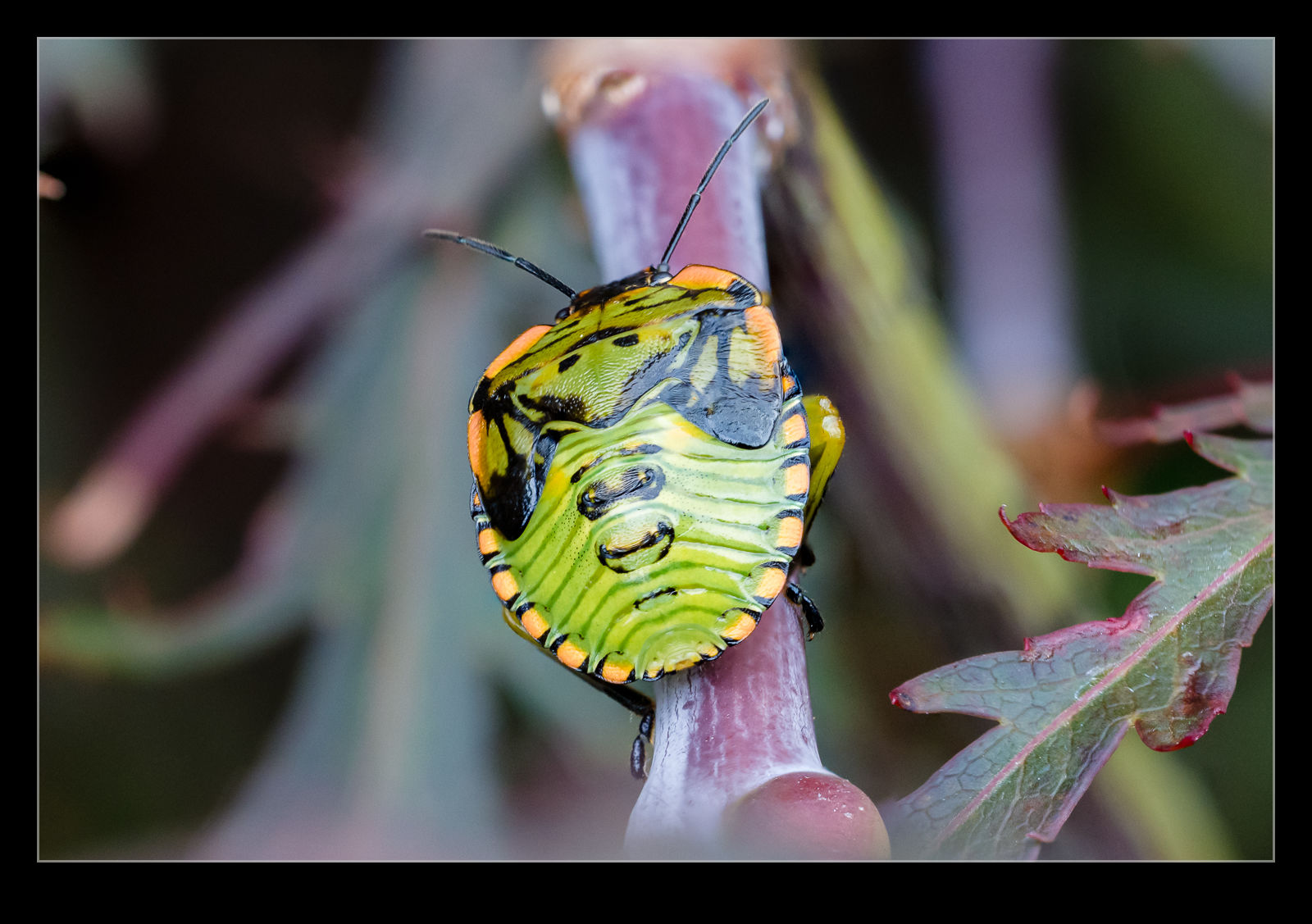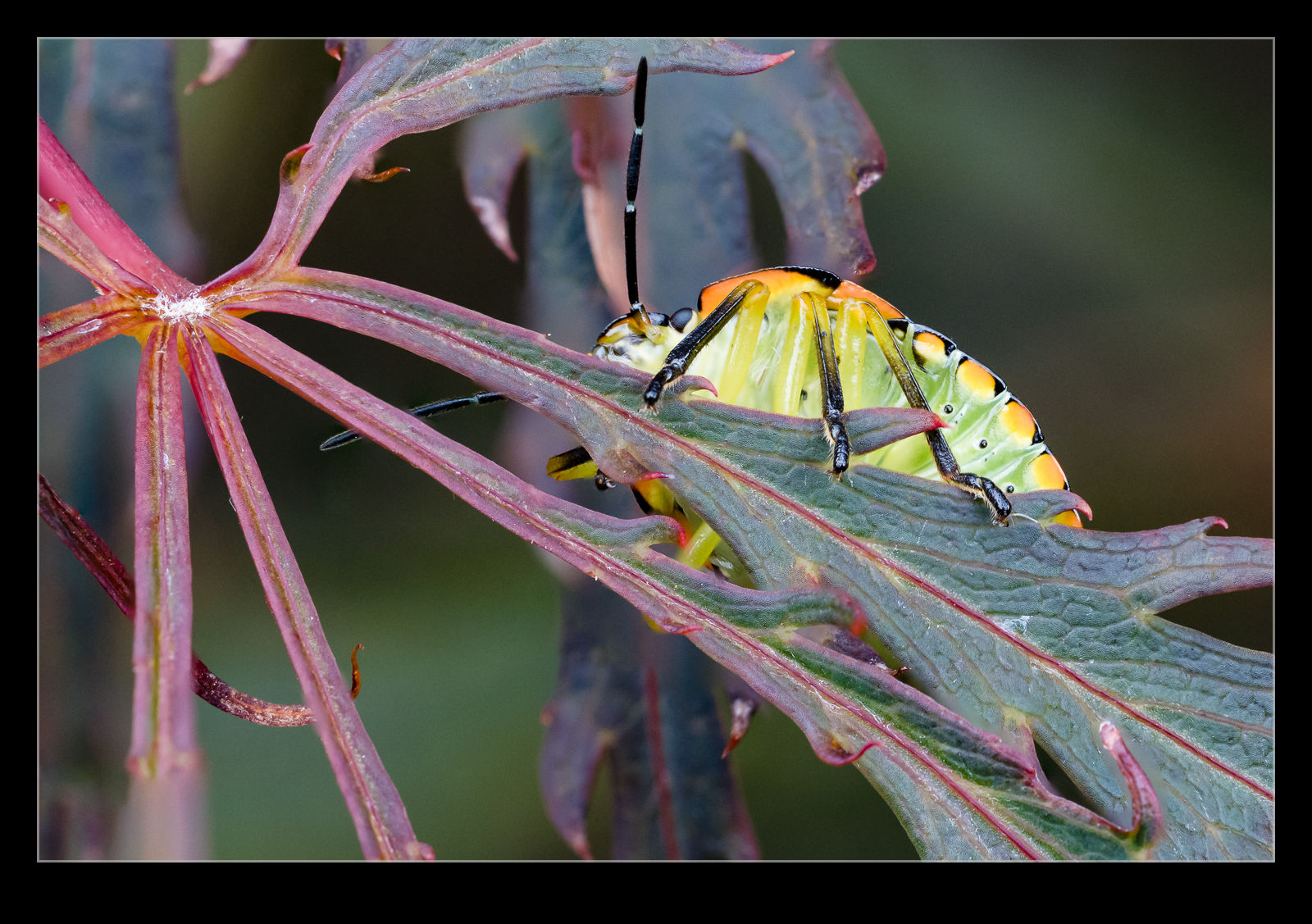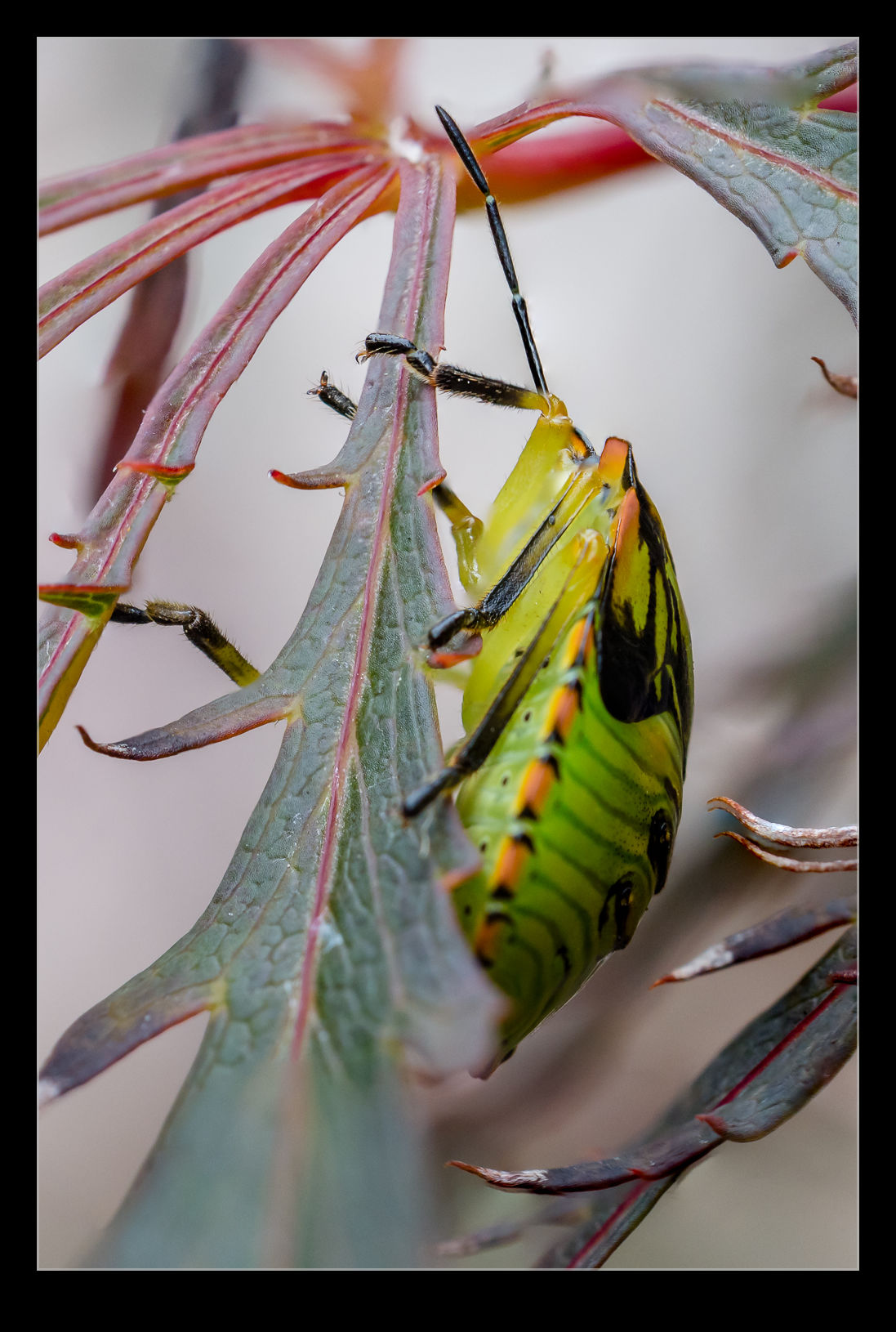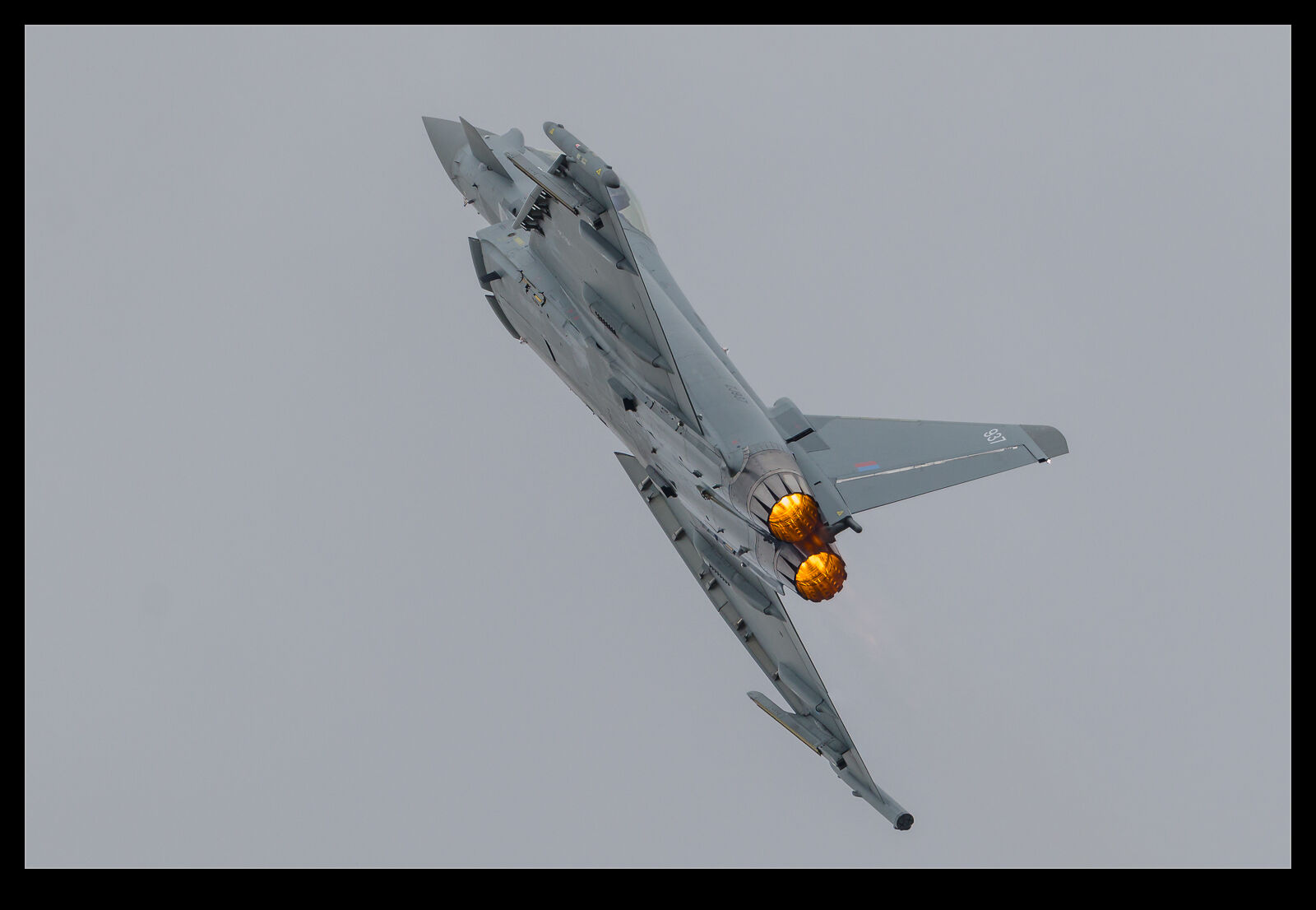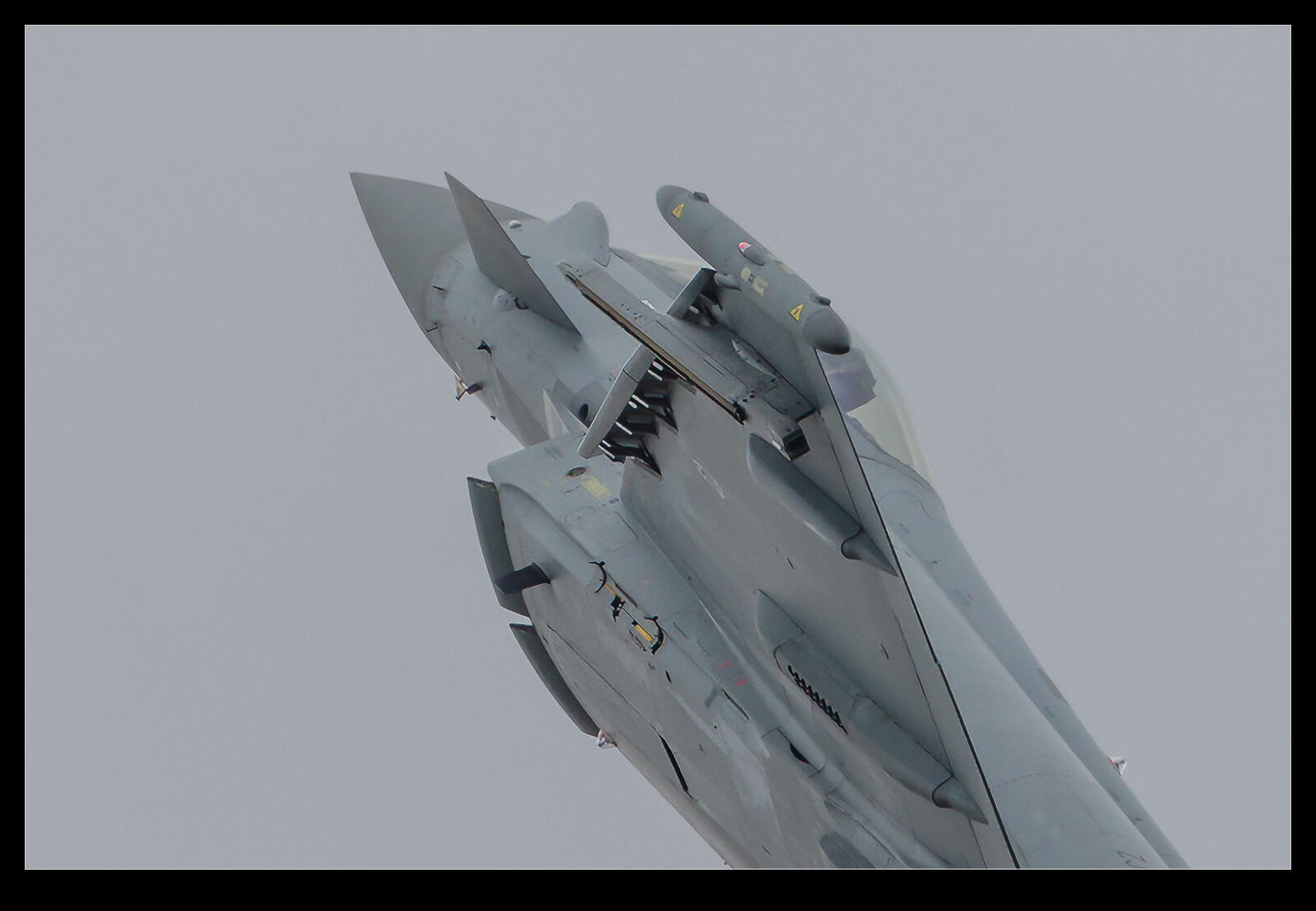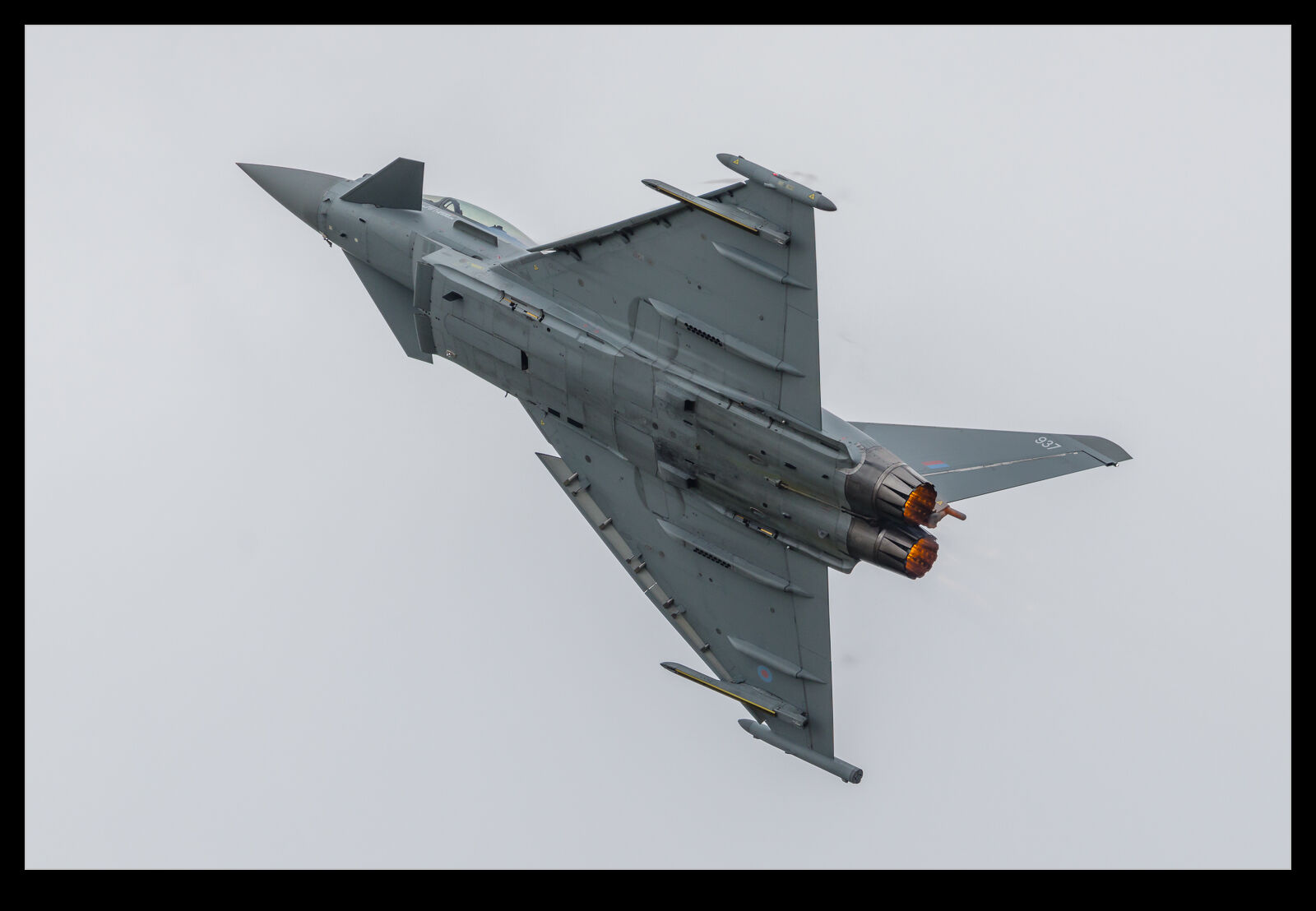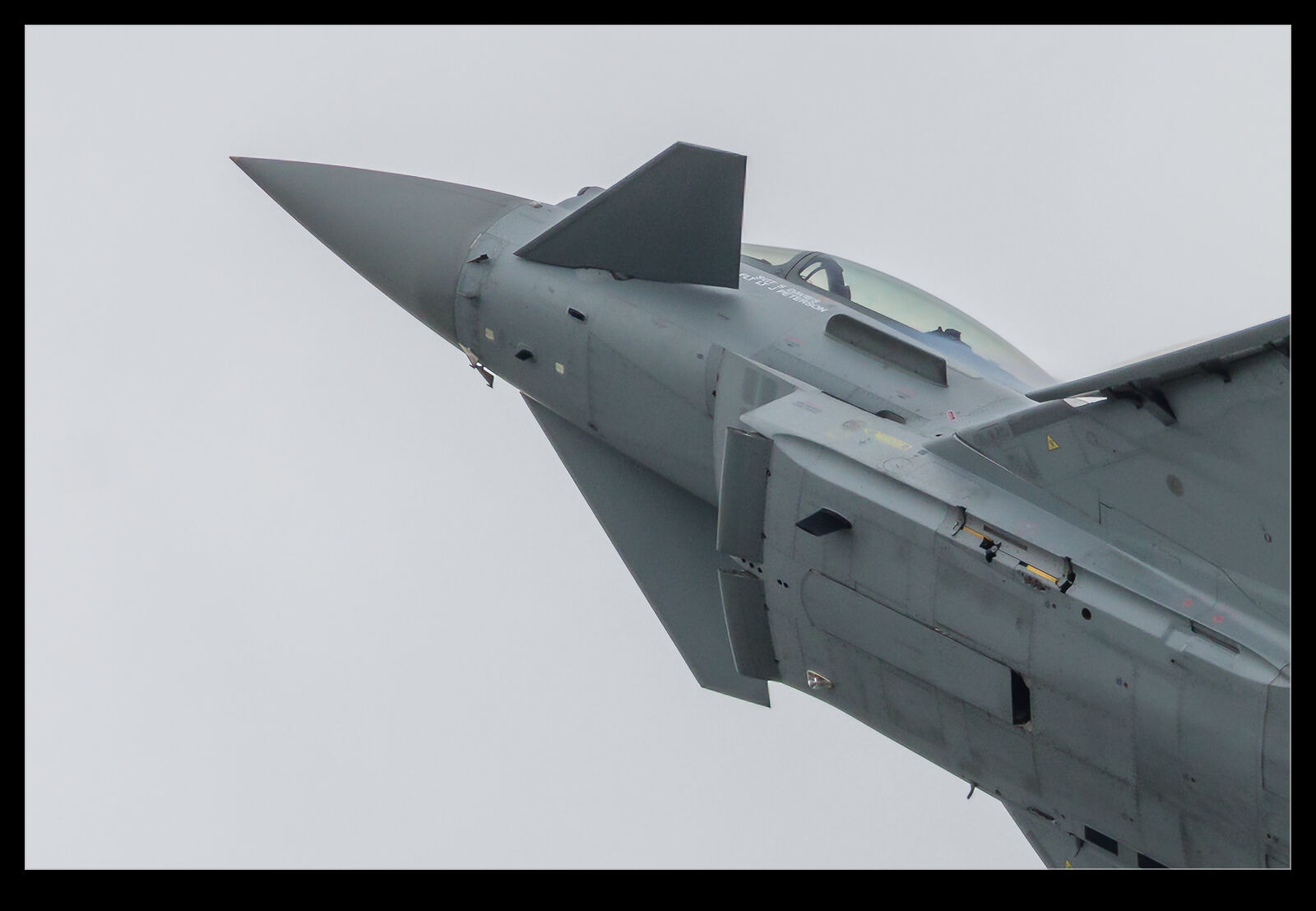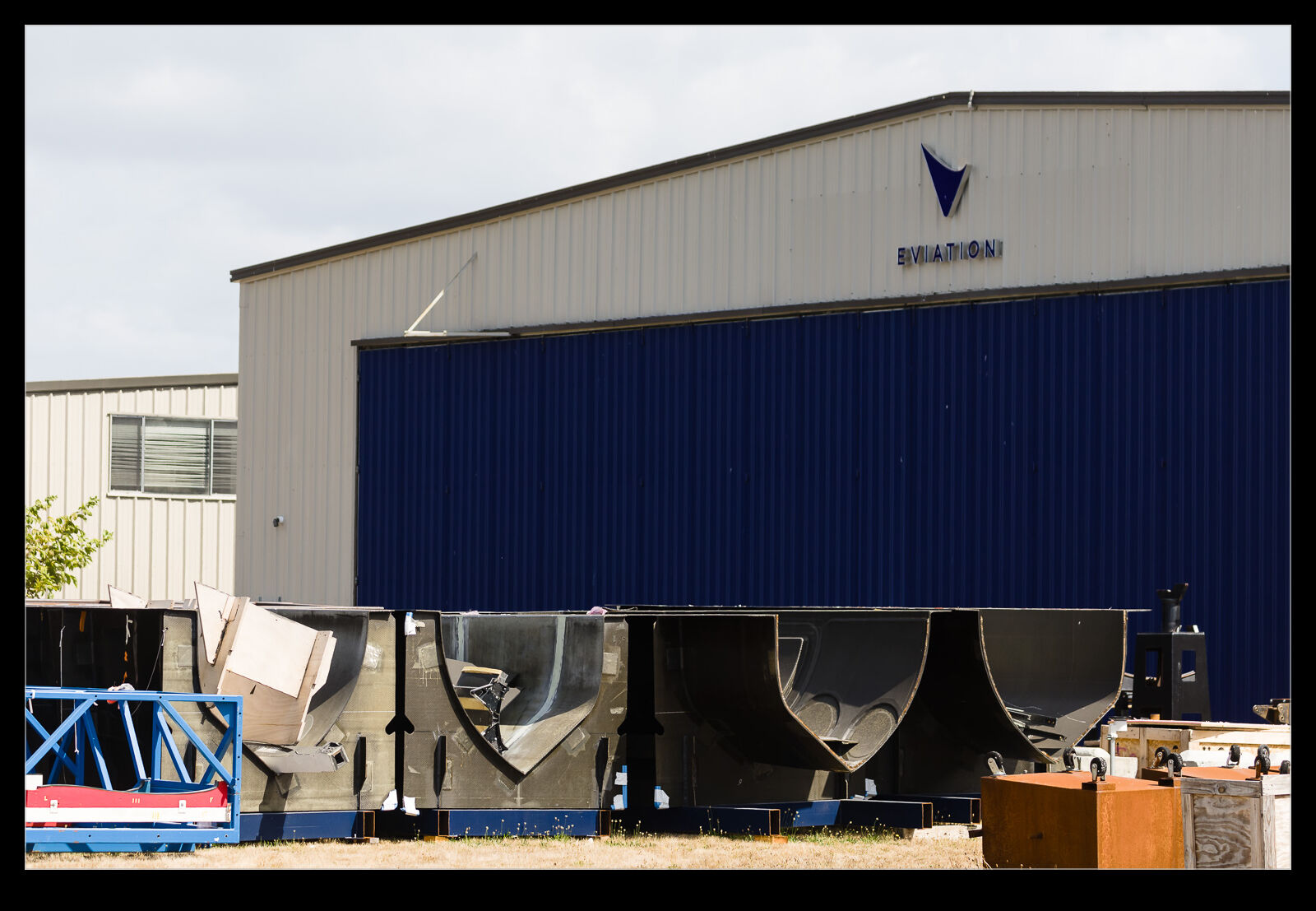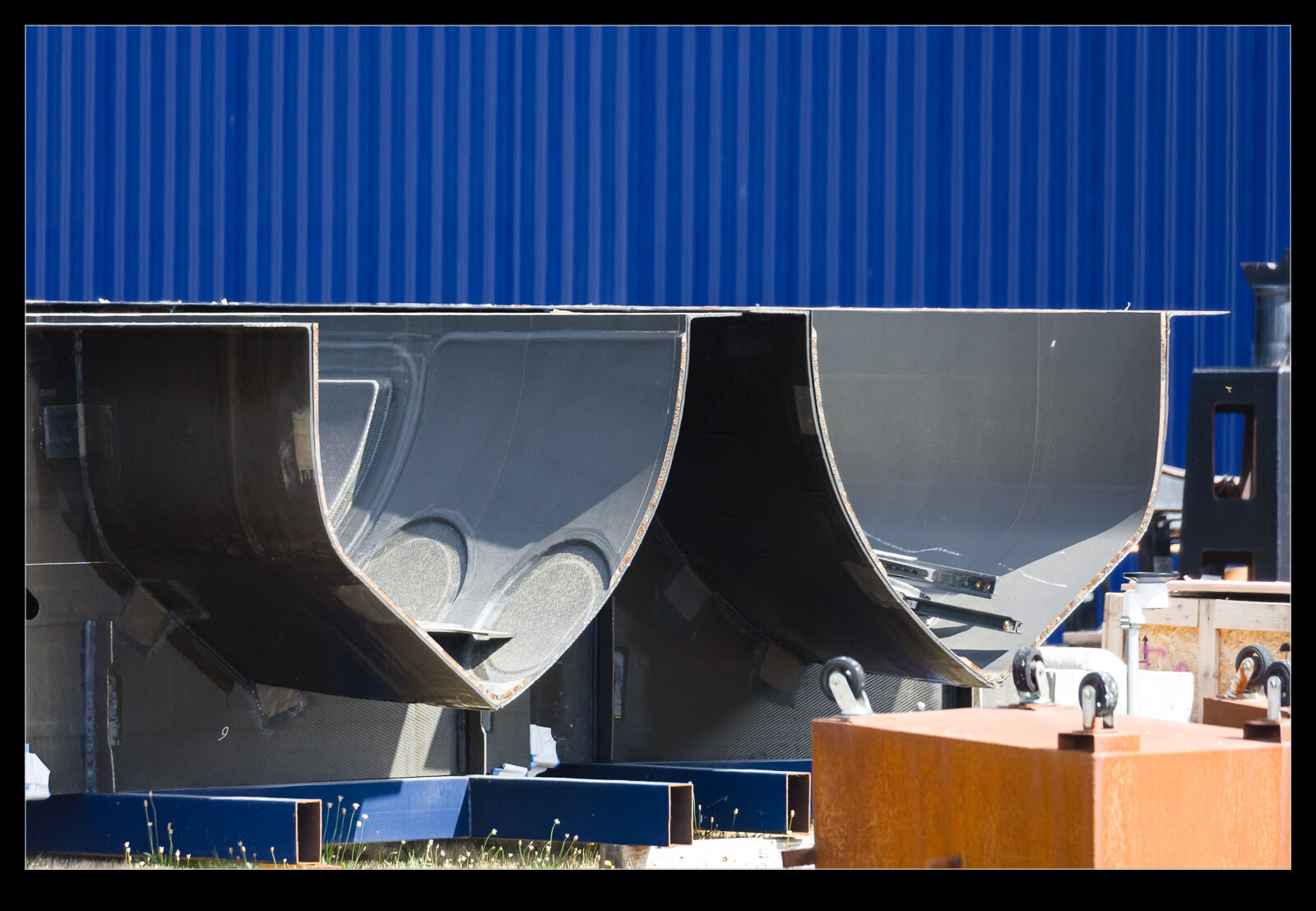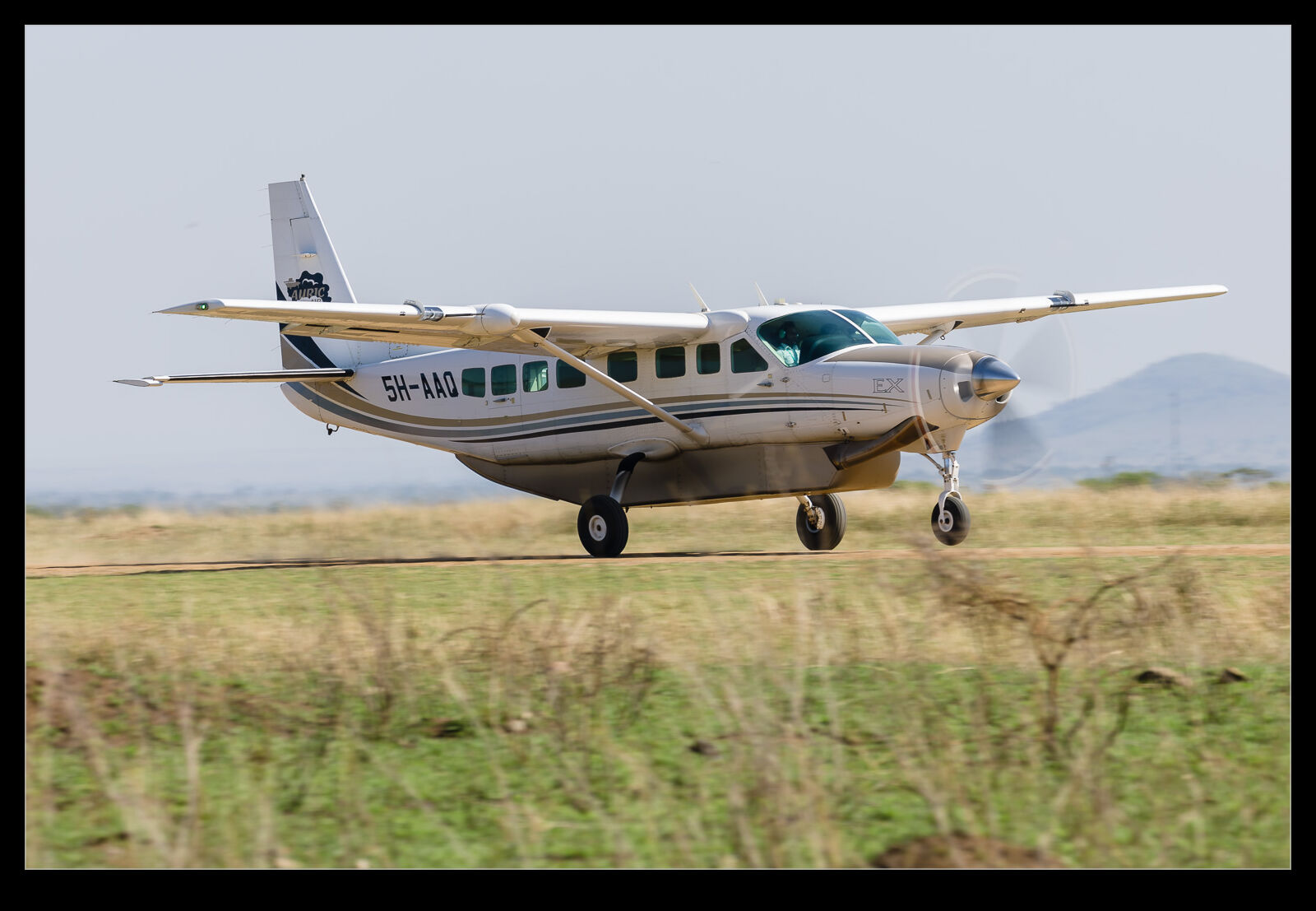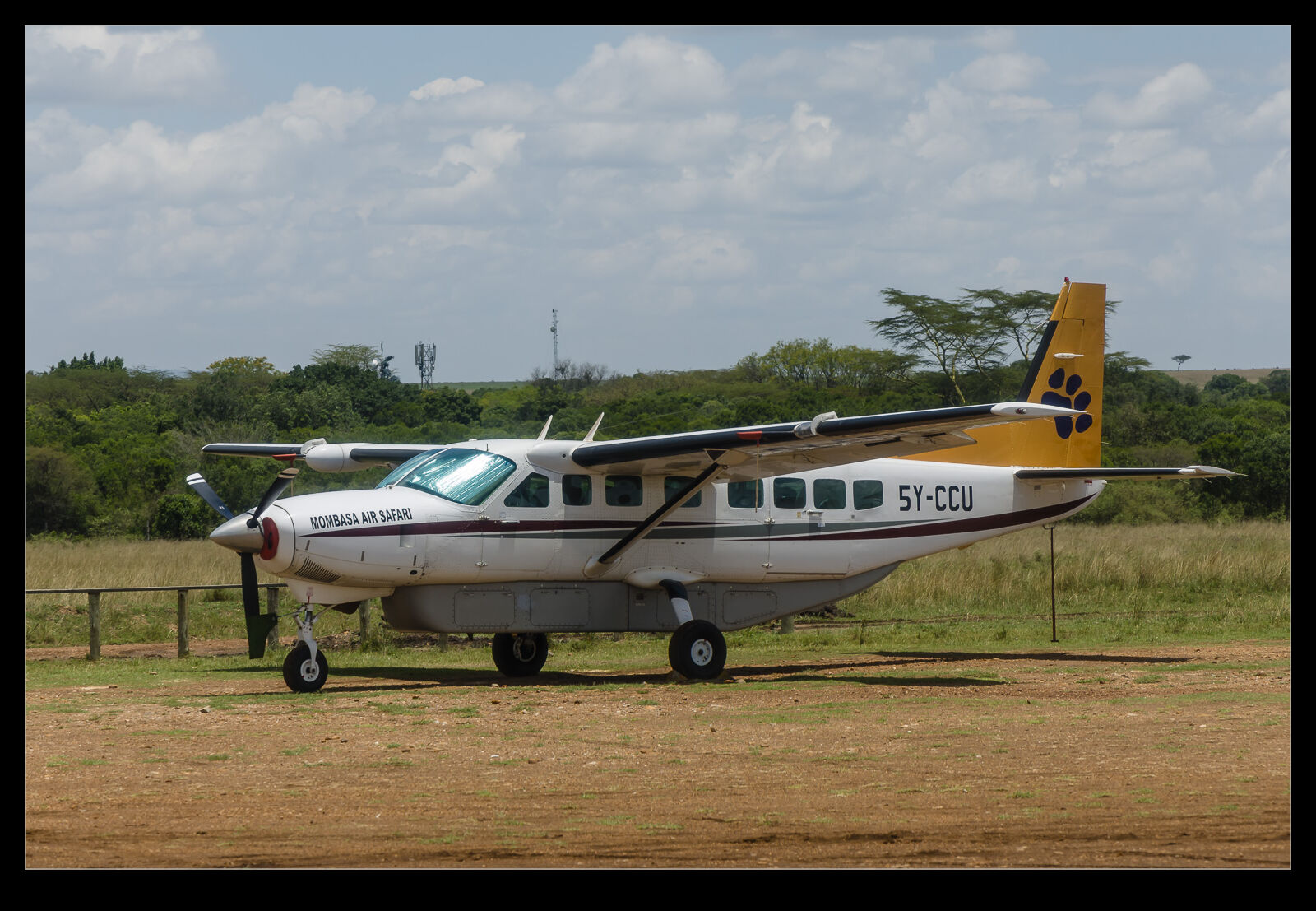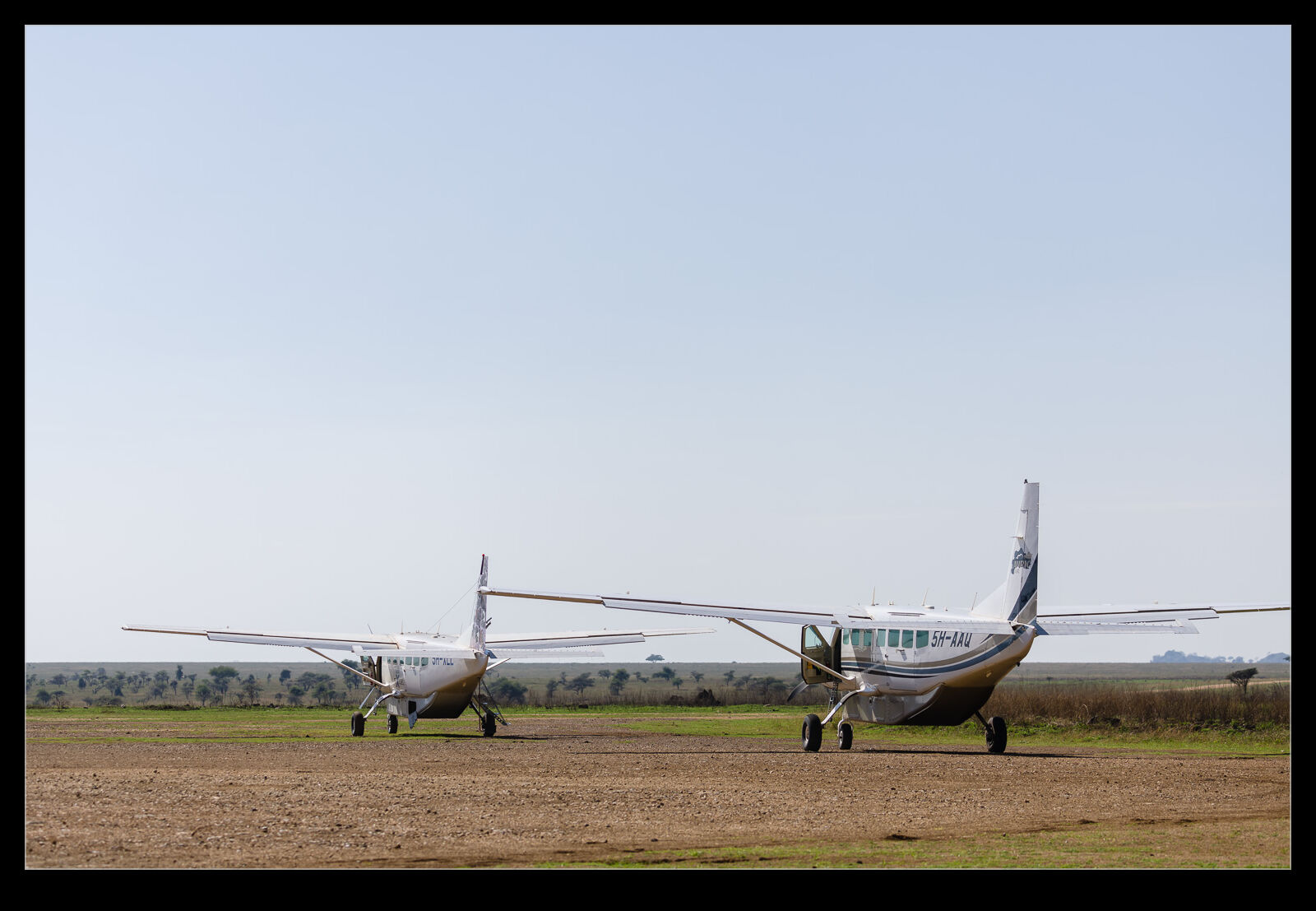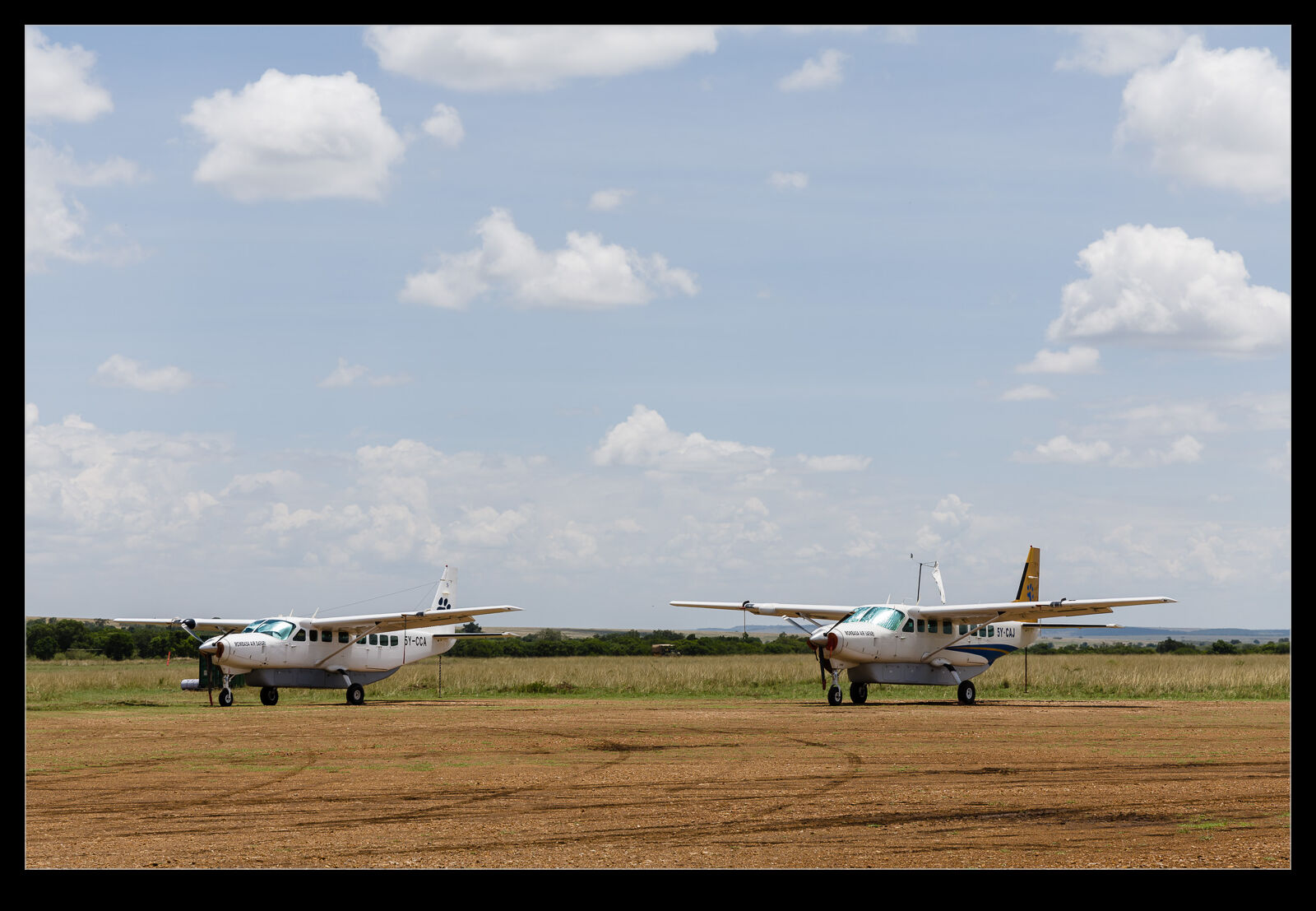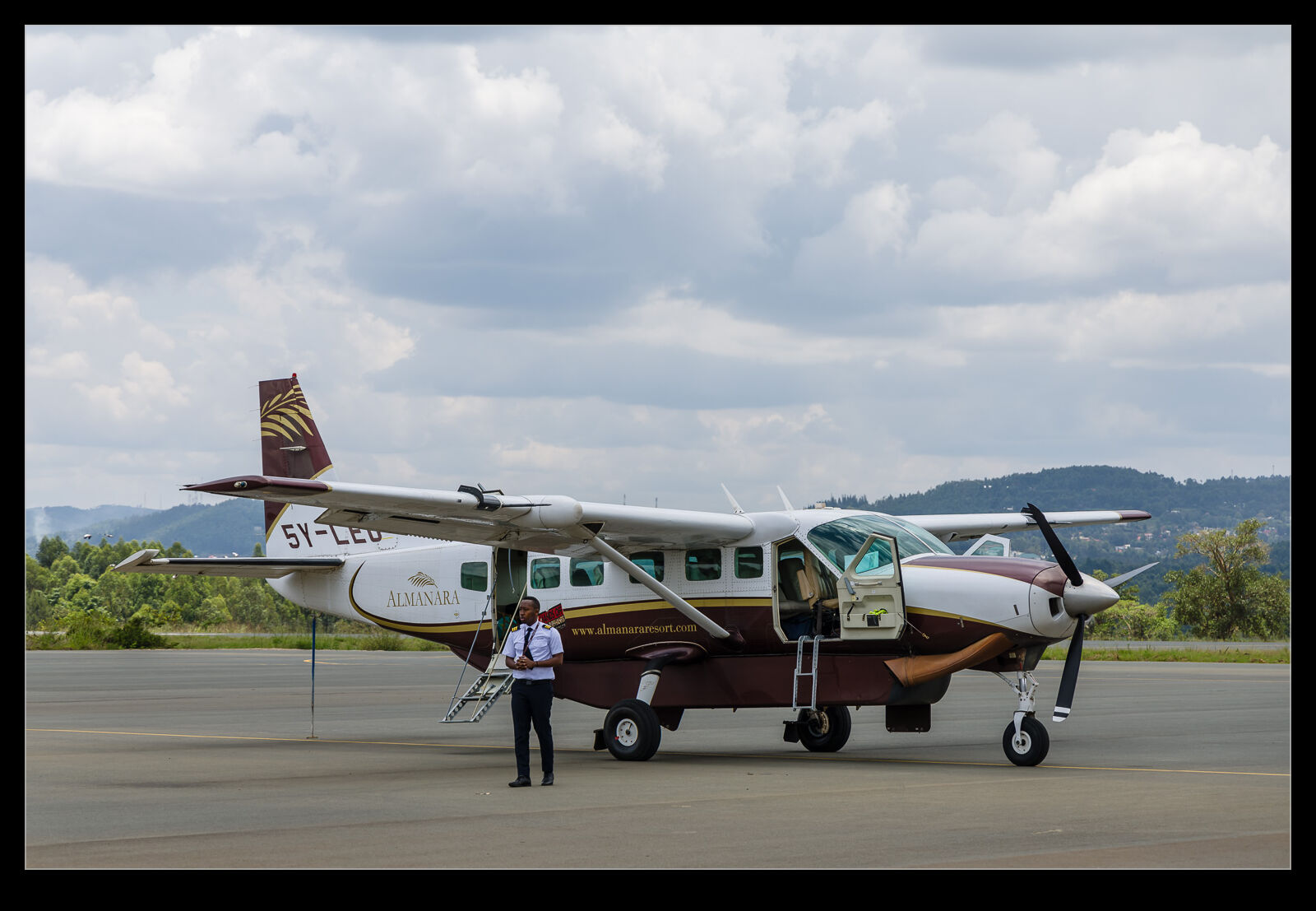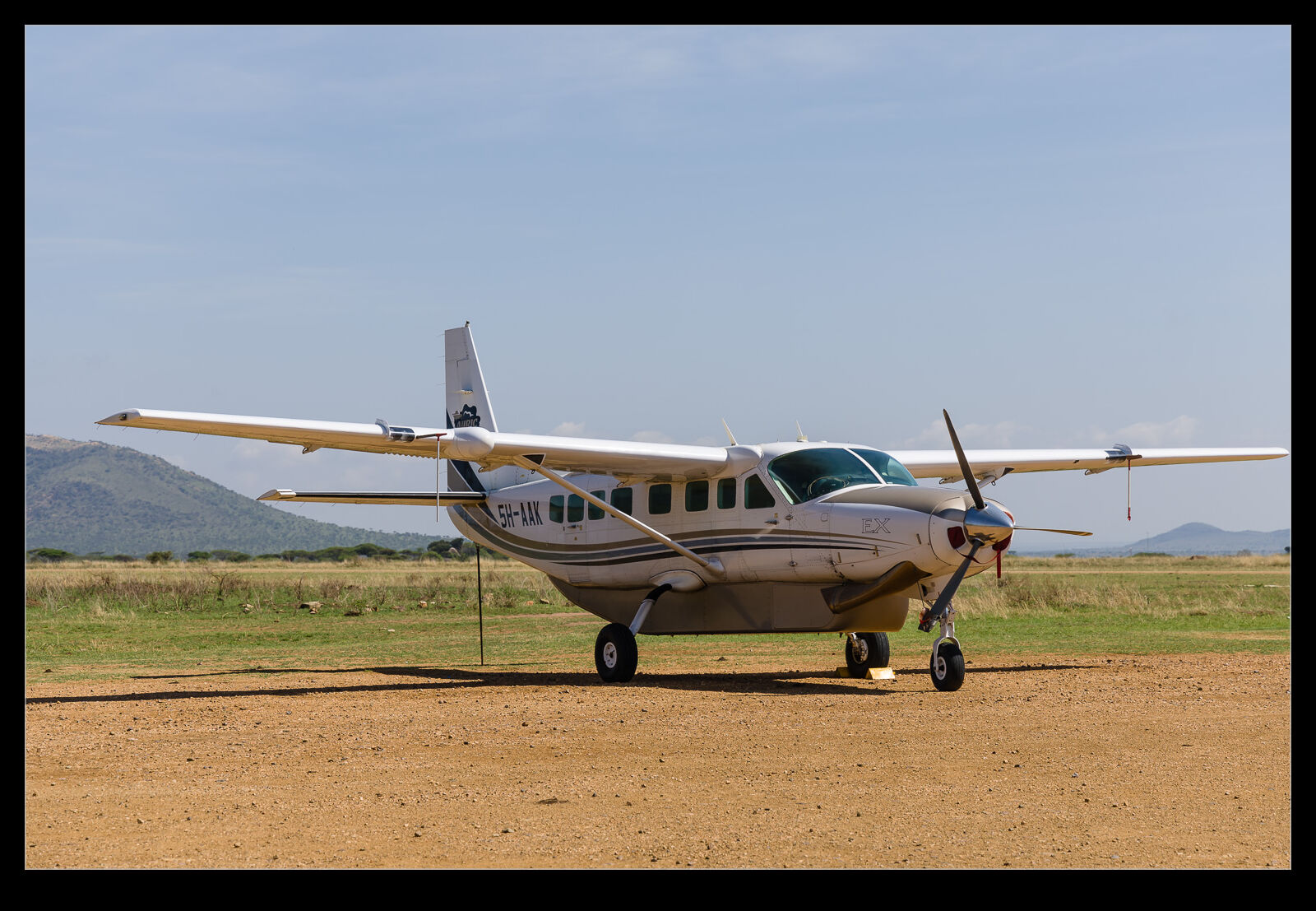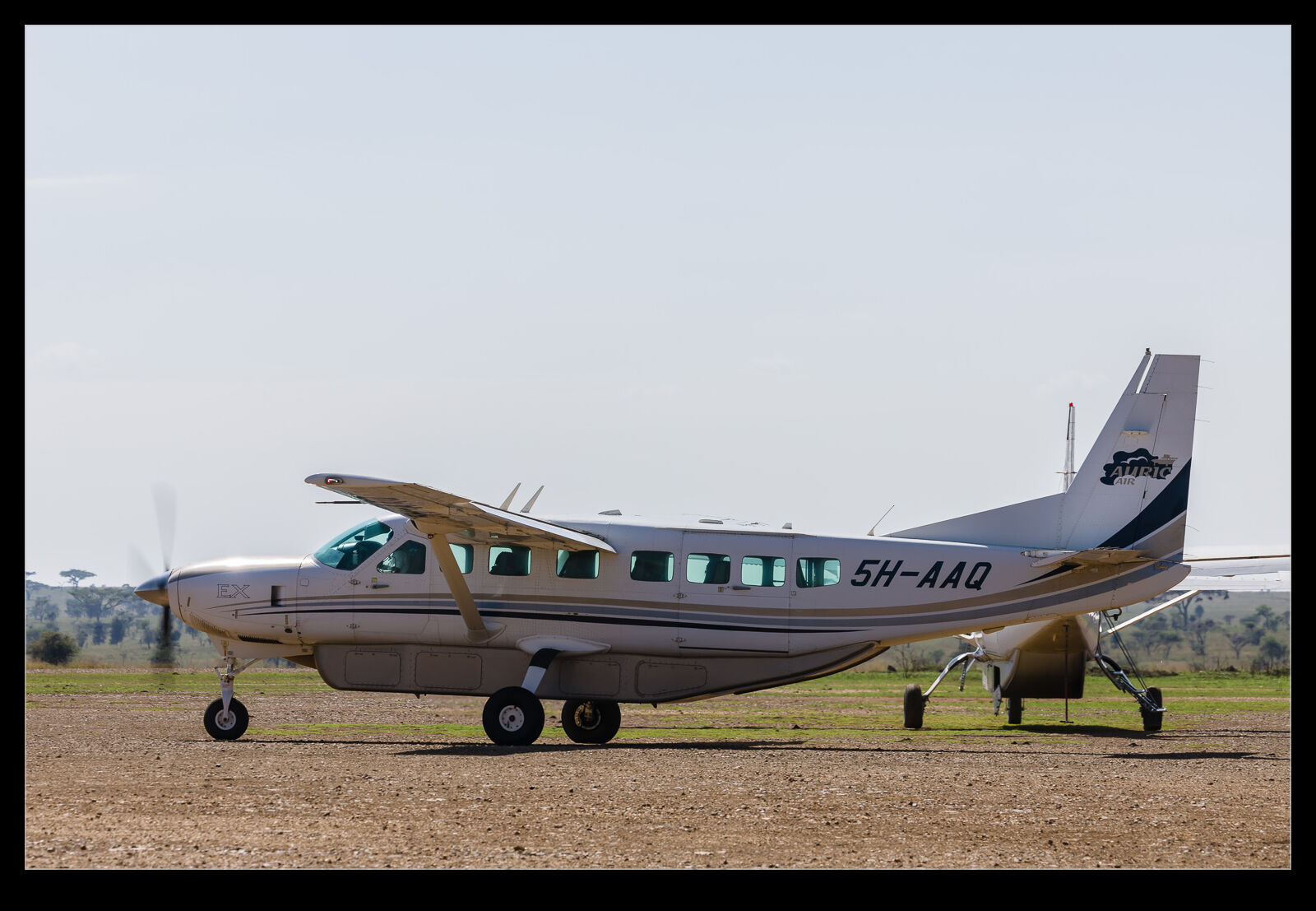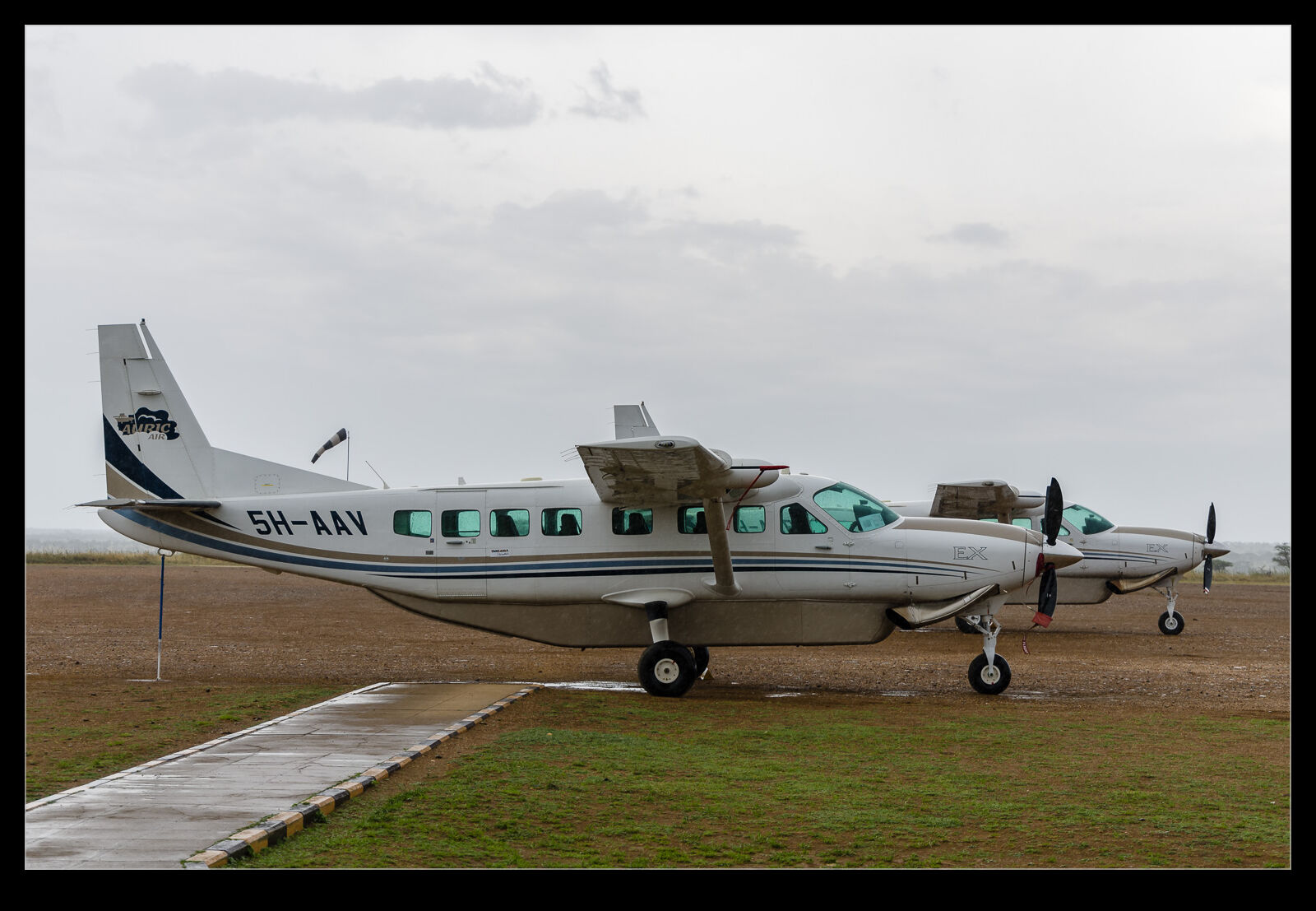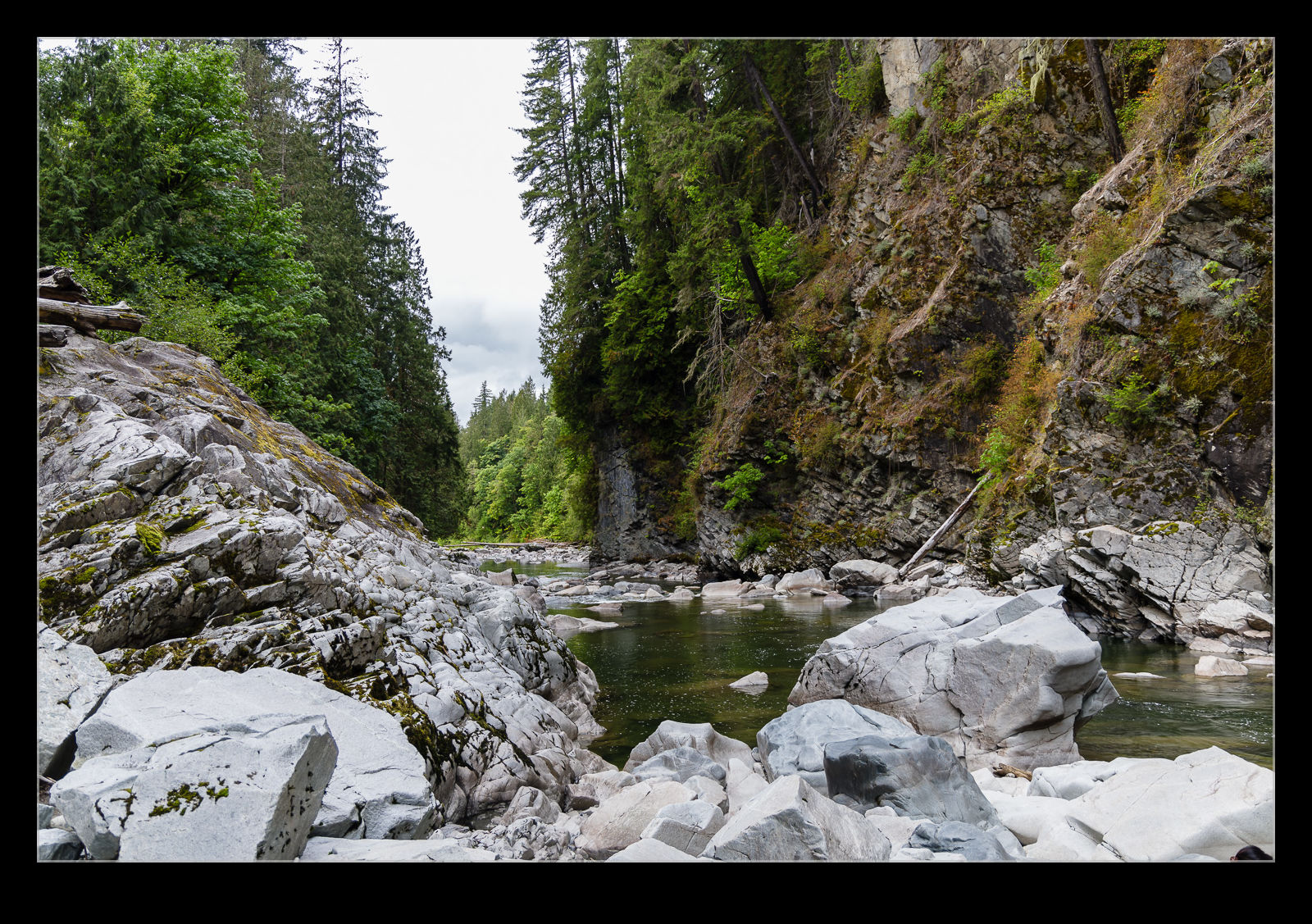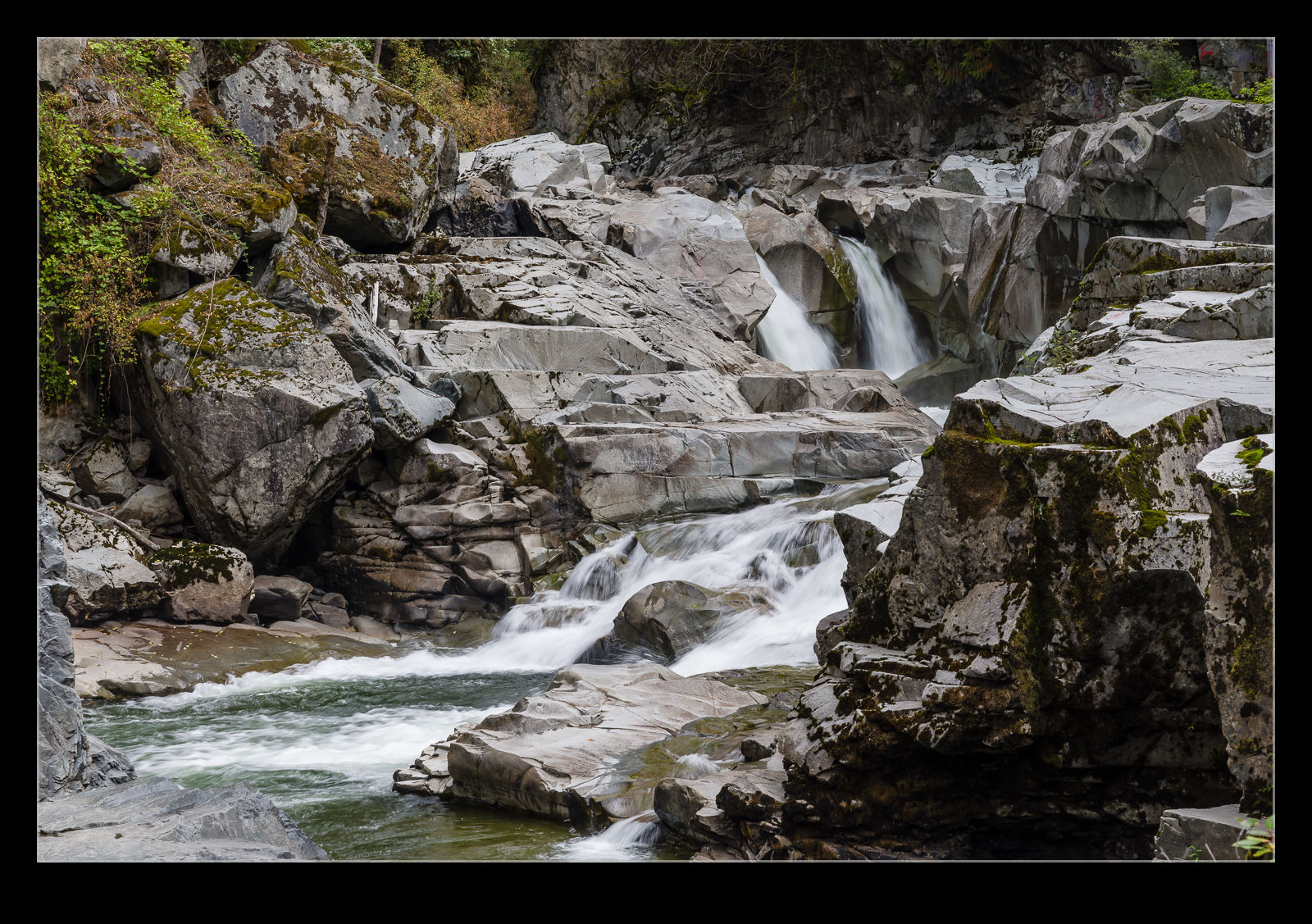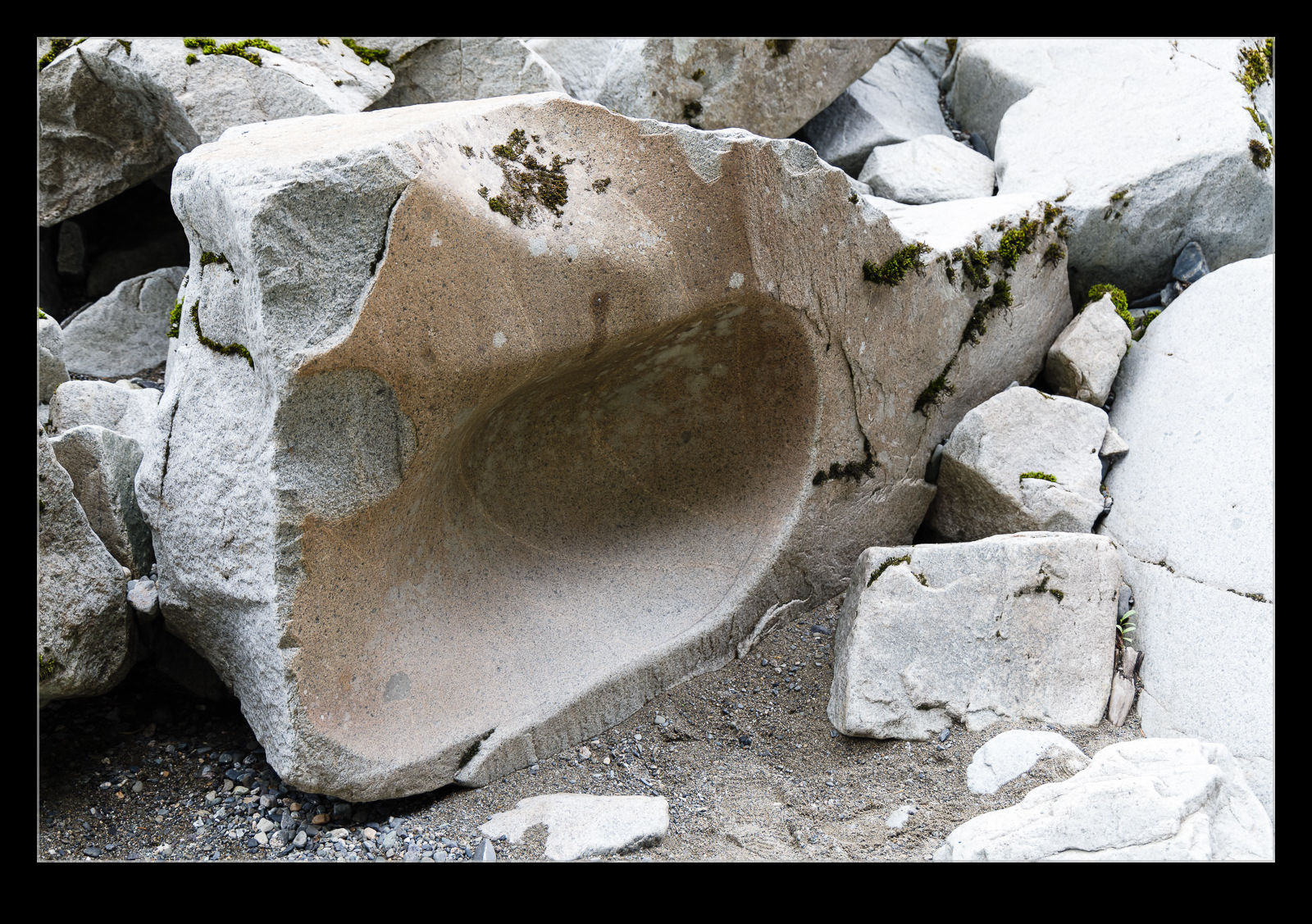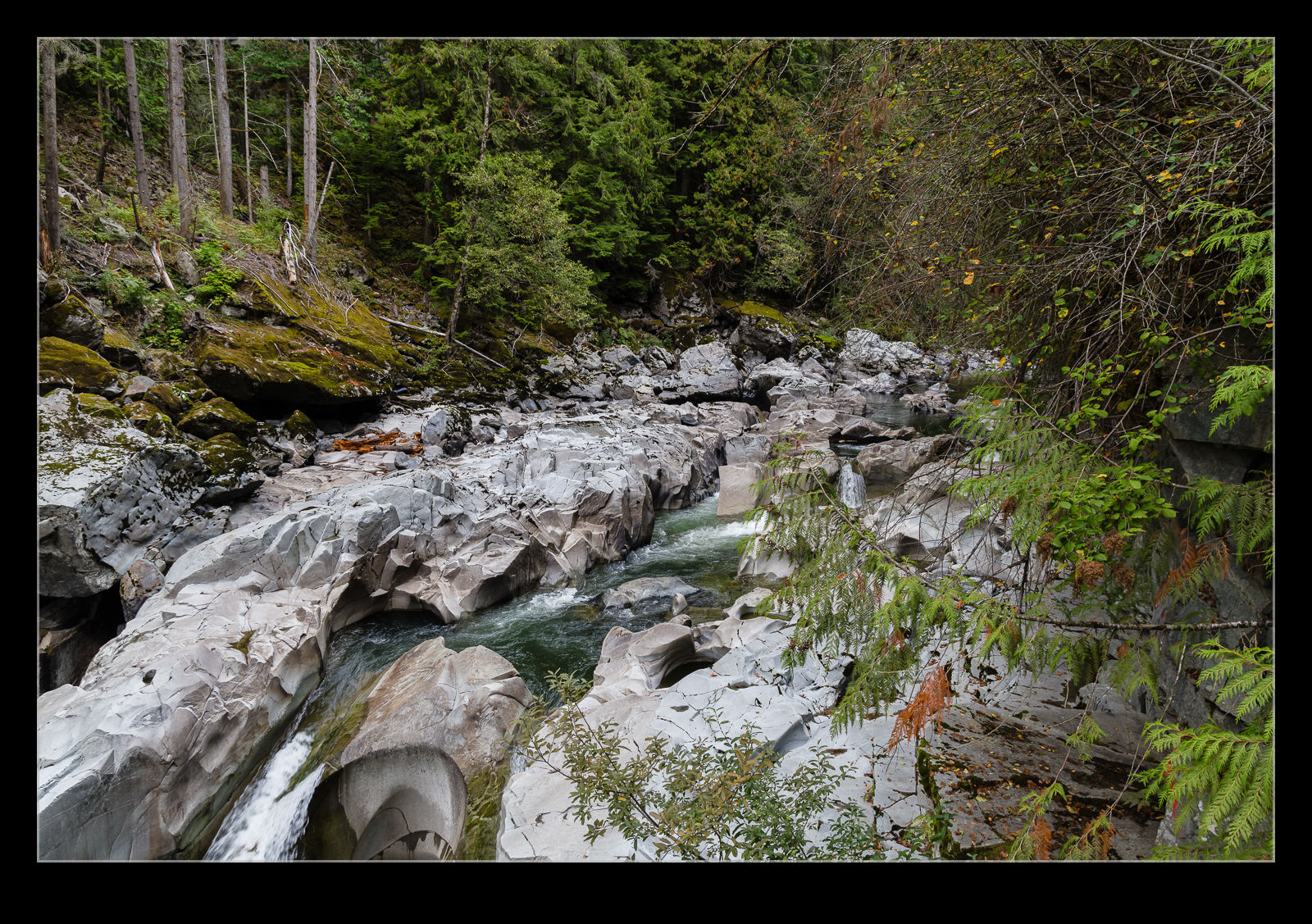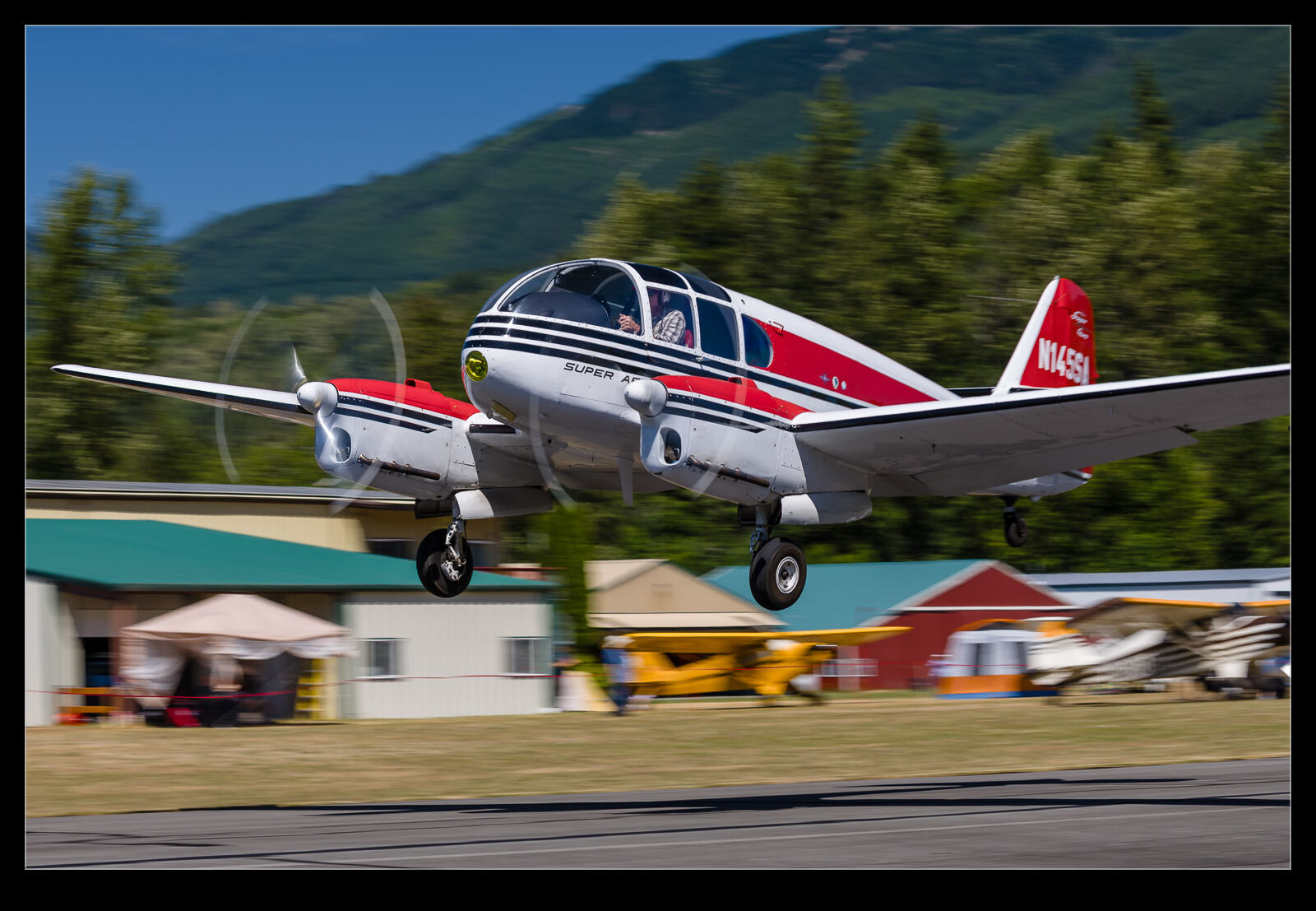 I have seen the Aero Vodochody designed and Let Kunovice built Aero 45 before at events. However, it was always parked and never in motion. I think it is such a cool looking like aircraft and reminds me of a mini Heinkel HE-111. I really wanted to see it flying and I have had two opportunities this year to do so. First it showed up at Concrete for the fly in. This was great news as I got it landing from close proximity and then again when it took off.
I have seen the Aero Vodochody designed and Let Kunovice built Aero 45 before at events. However, it was always parked and never in motion. I think it is such a cool looking like aircraft and reminds me of a mini Heinkel HE-111. I really wanted to see it flying and I have had two opportunities this year to do so. First it showed up at Concrete for the fly in. This was great news as I got it landing from close proximity and then again when it took off.
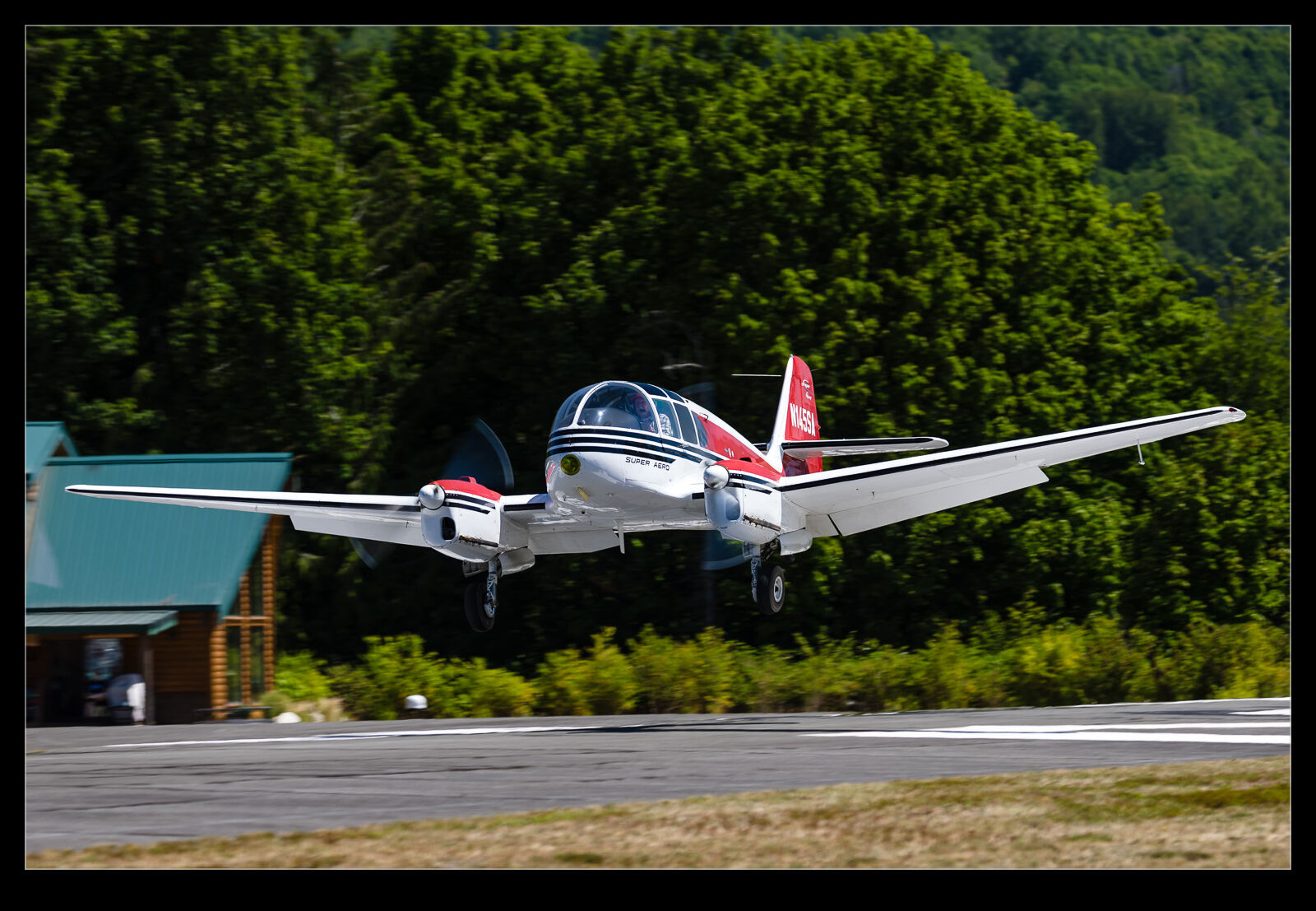 It was not a lot later that the Arlington show was setting up. I wasn’t going to be at the show but I was there the day before for some warbird flying and the Aero 45 was coming in to be on static. (This was a repeat of the first time I saw it in person which was also at Arlington.). Not so close this time but another opportunity to catch it in flight. What a cool looking plane. Glad we have it up here in the PNW.
It was not a lot later that the Arlington show was setting up. I wasn’t going to be at the show but I was there the day before for some warbird flying and the Aero 45 was coming in to be on static. (This was a repeat of the first time I saw it in person which was also at Arlington.). Not so close this time but another opportunity to catch it in flight. What a cool looking plane. Glad we have it up here in the PNW.
